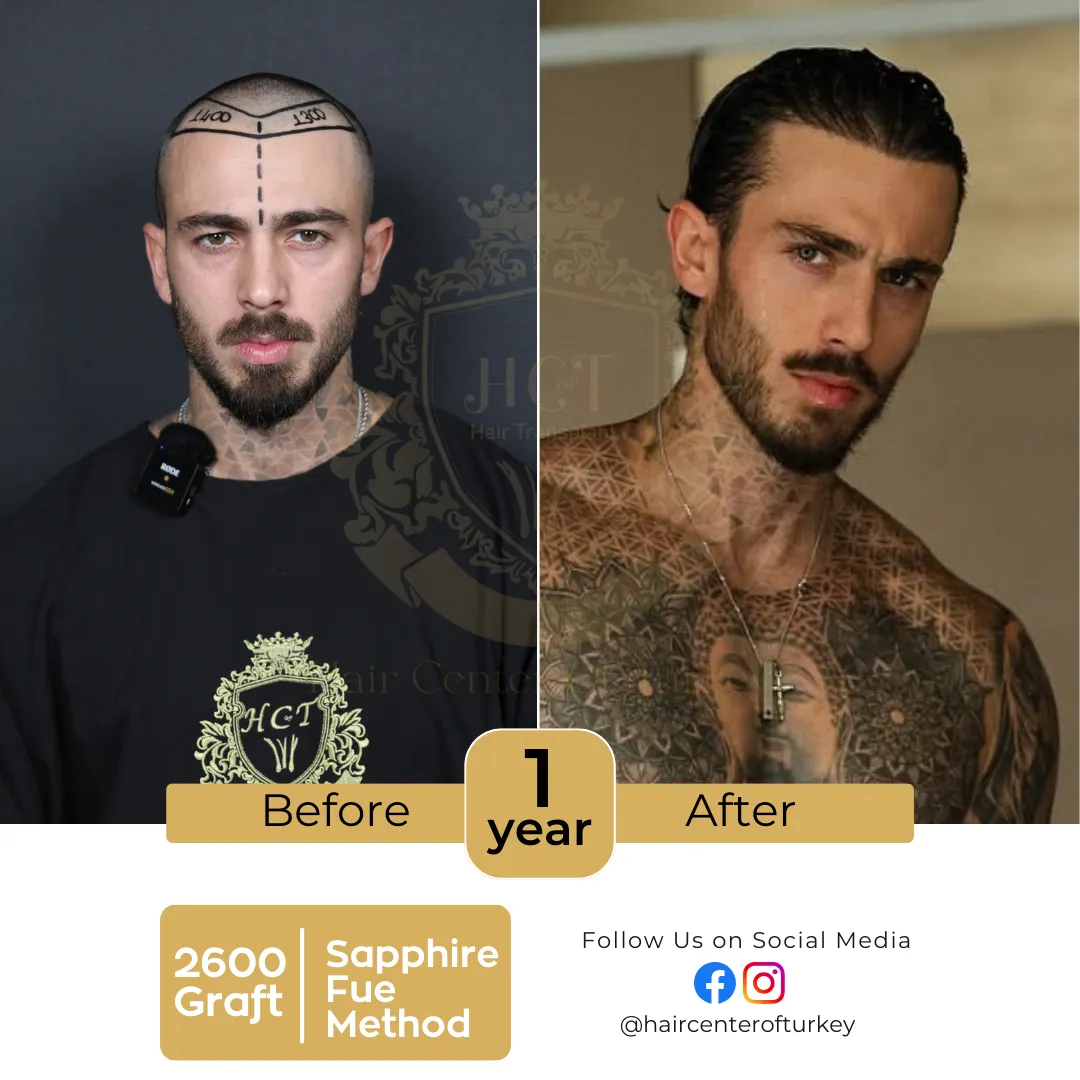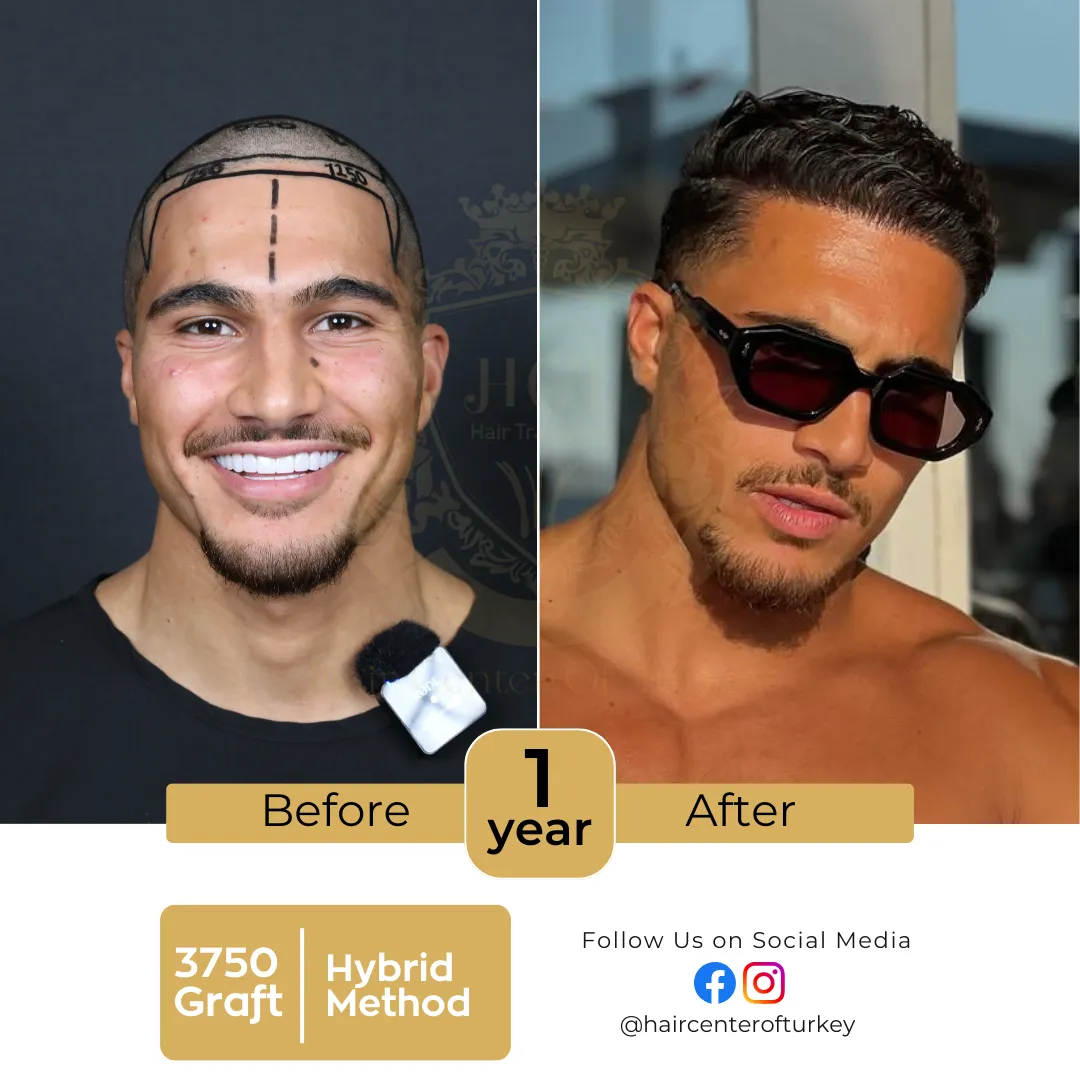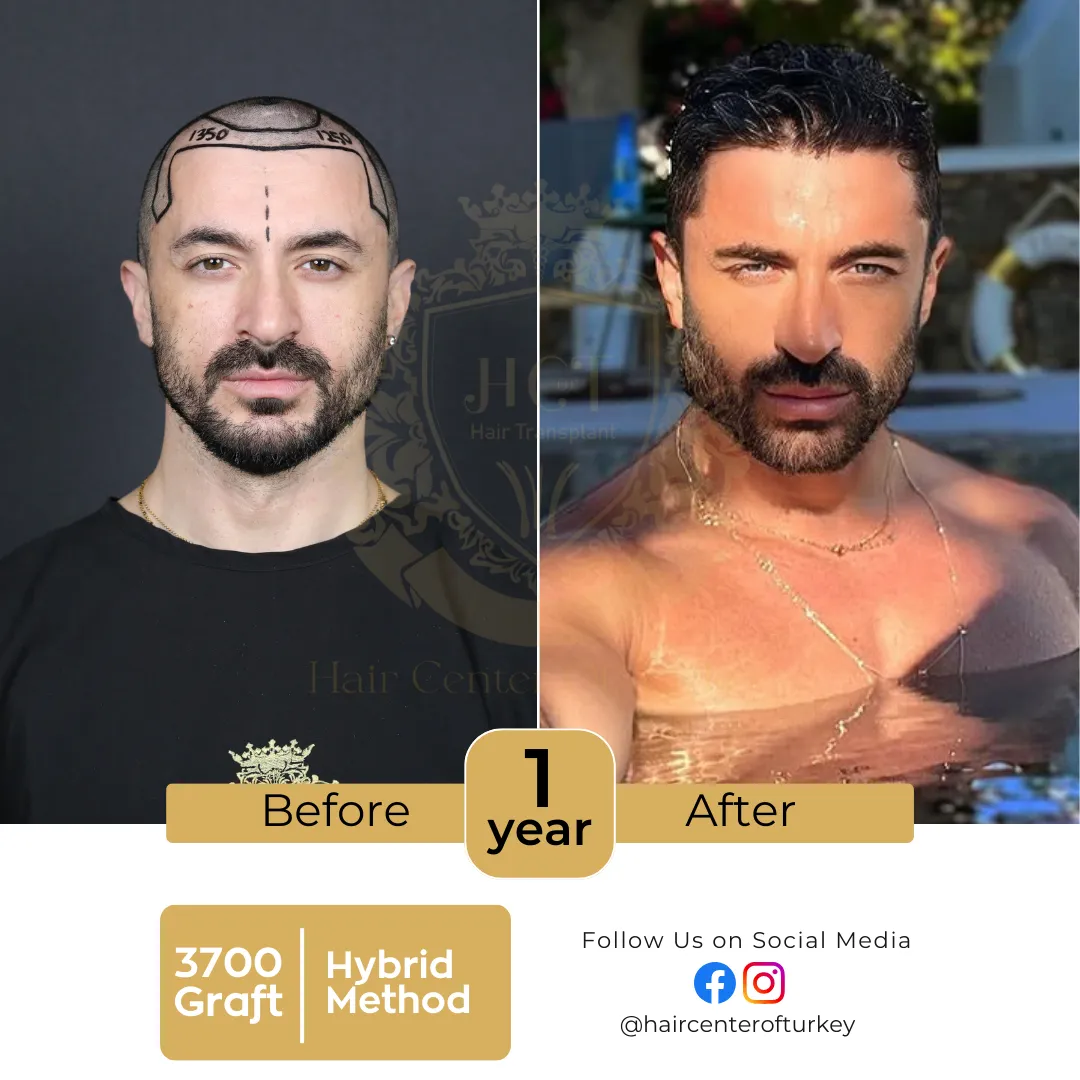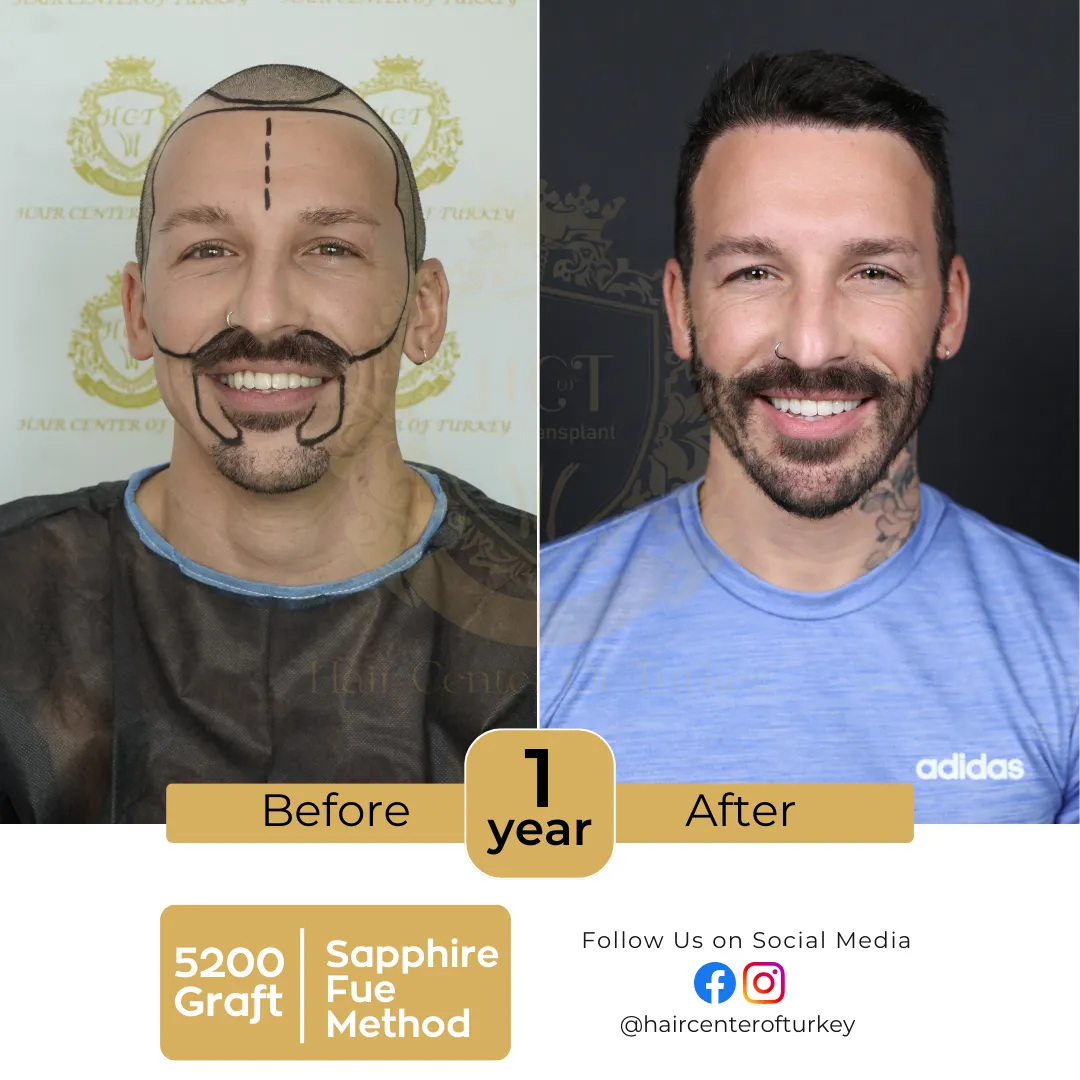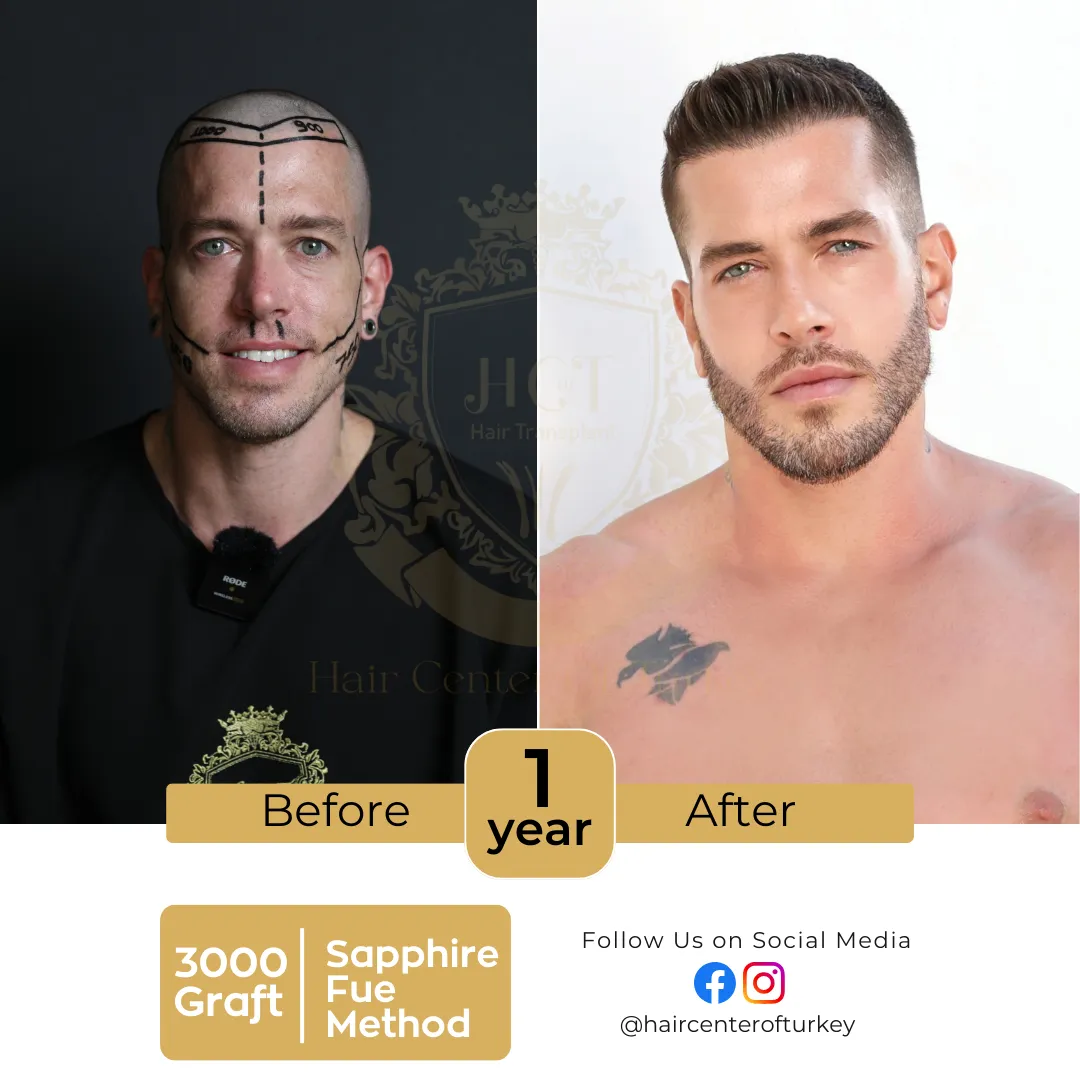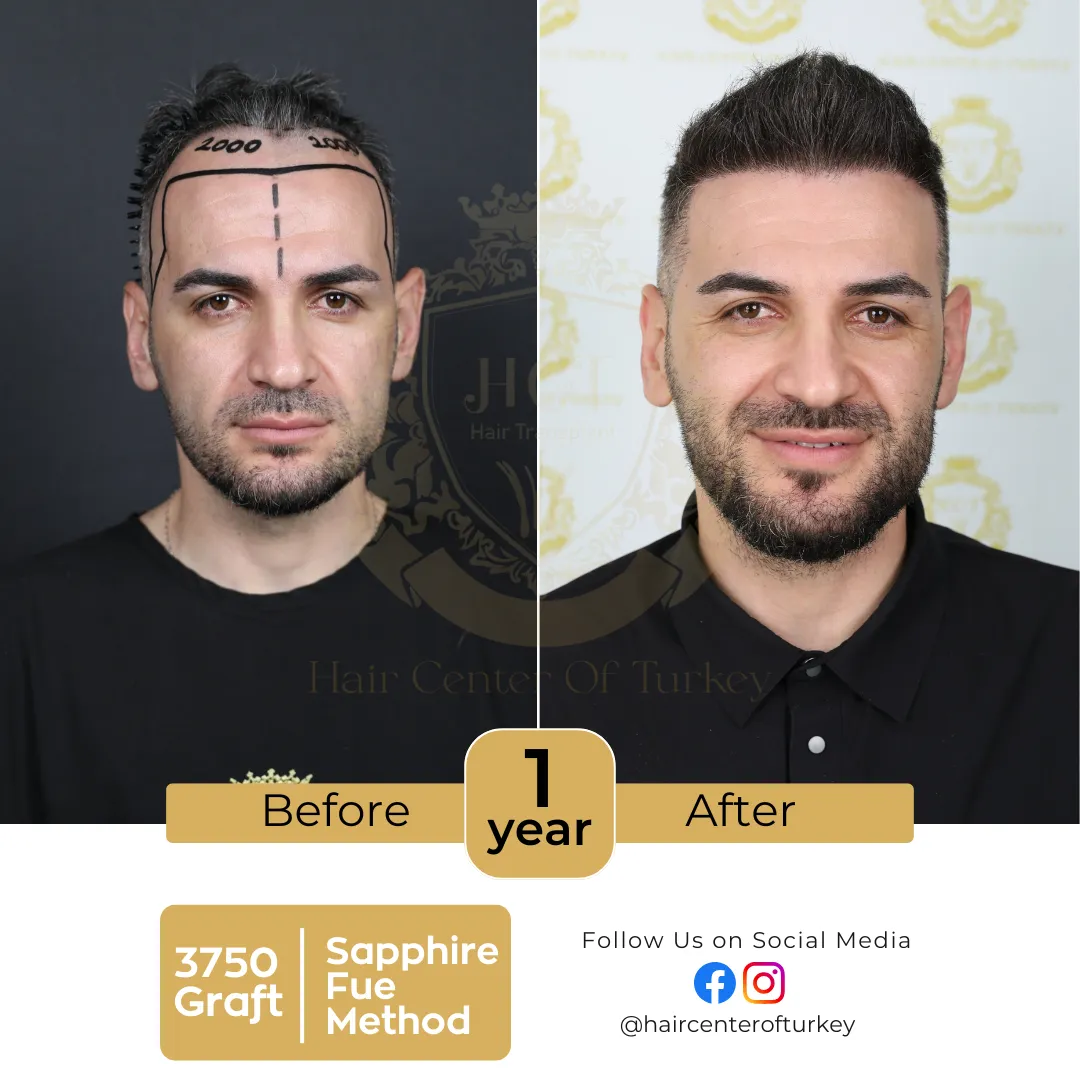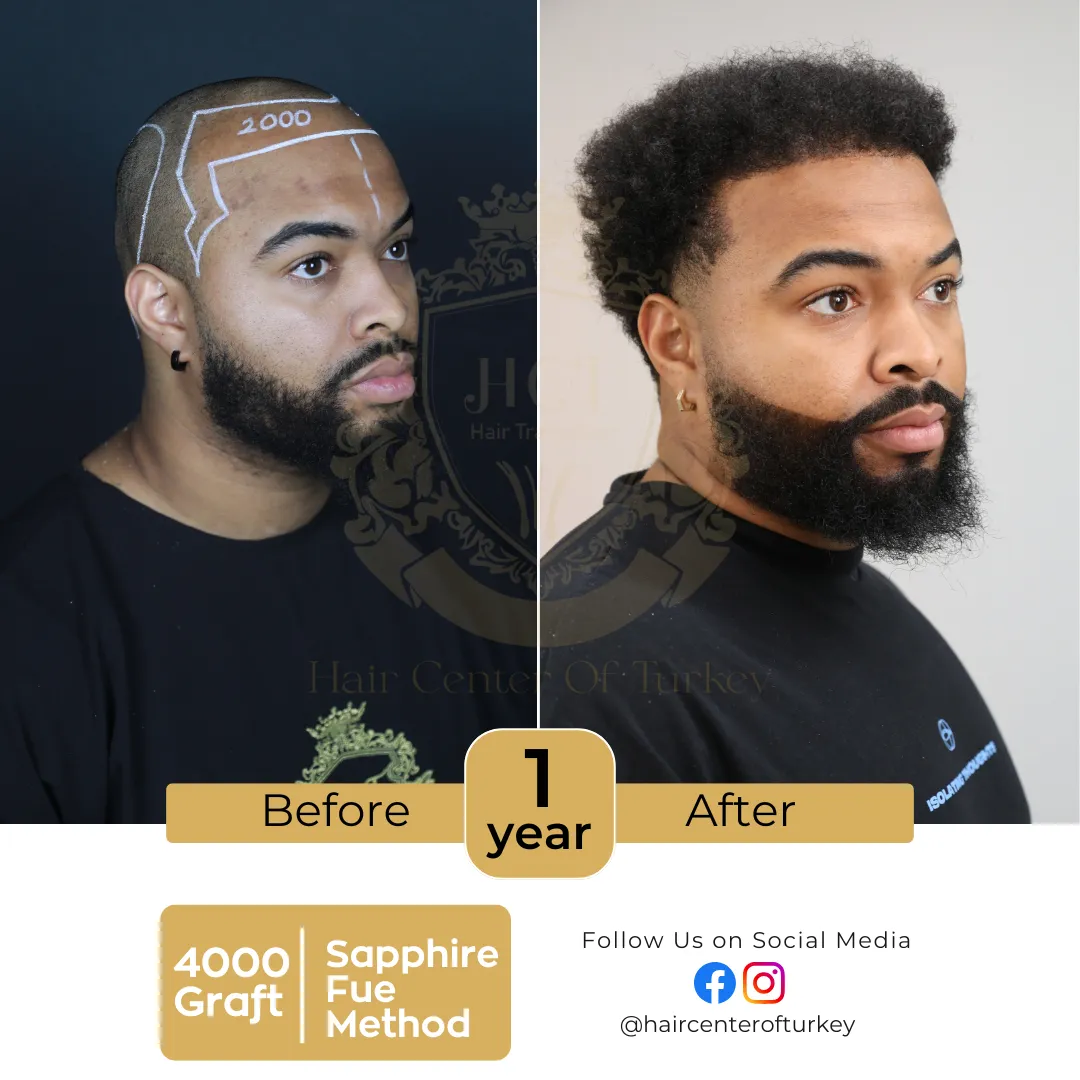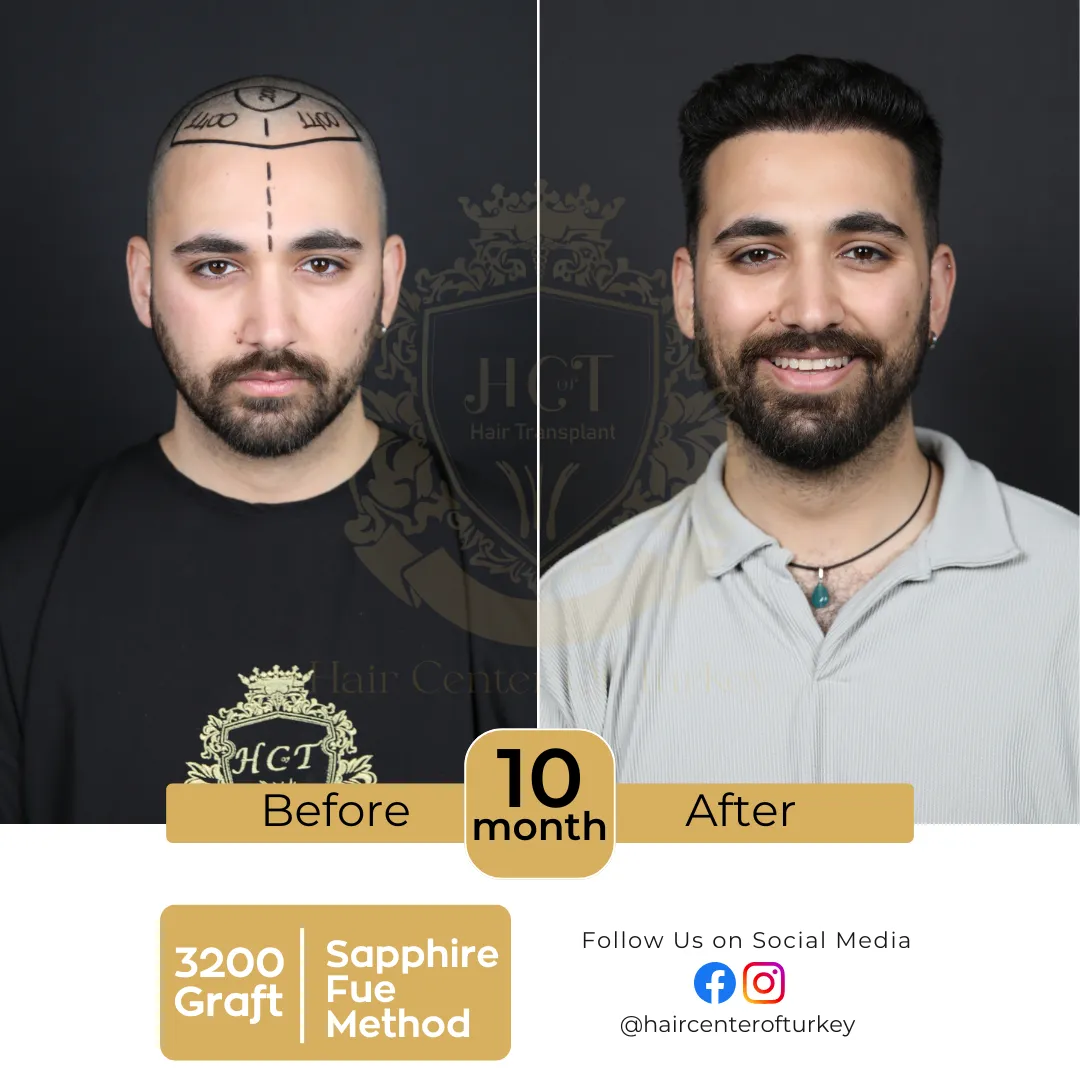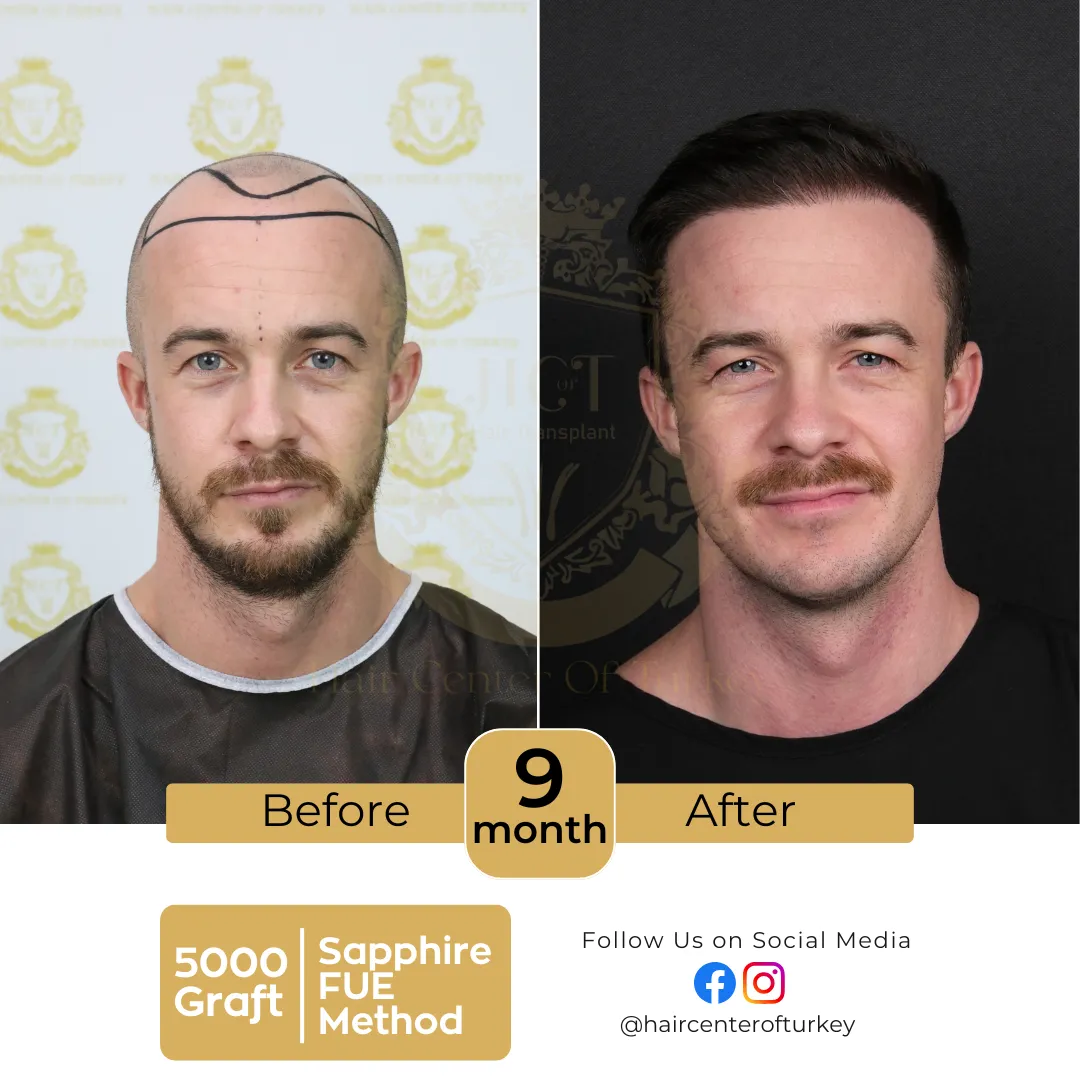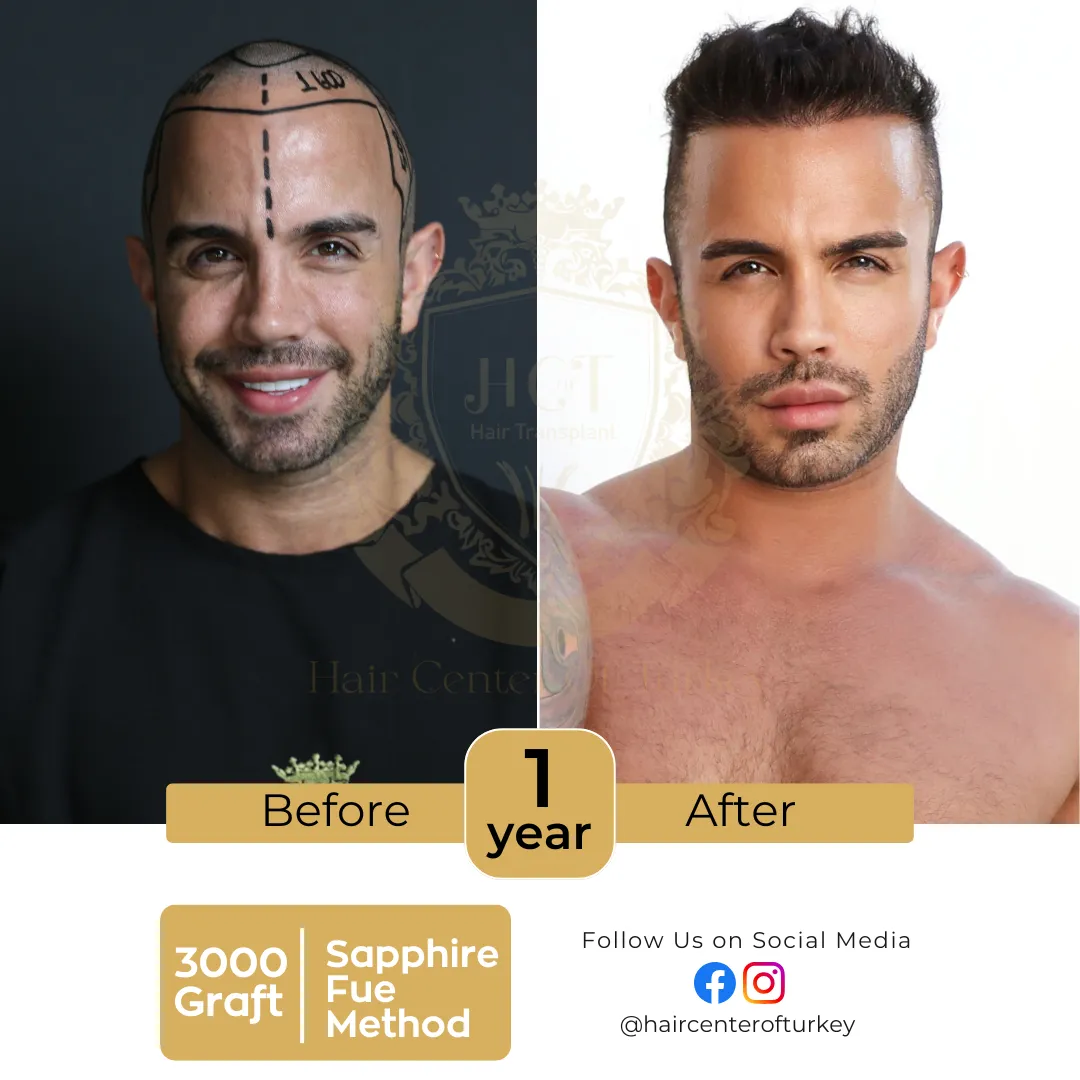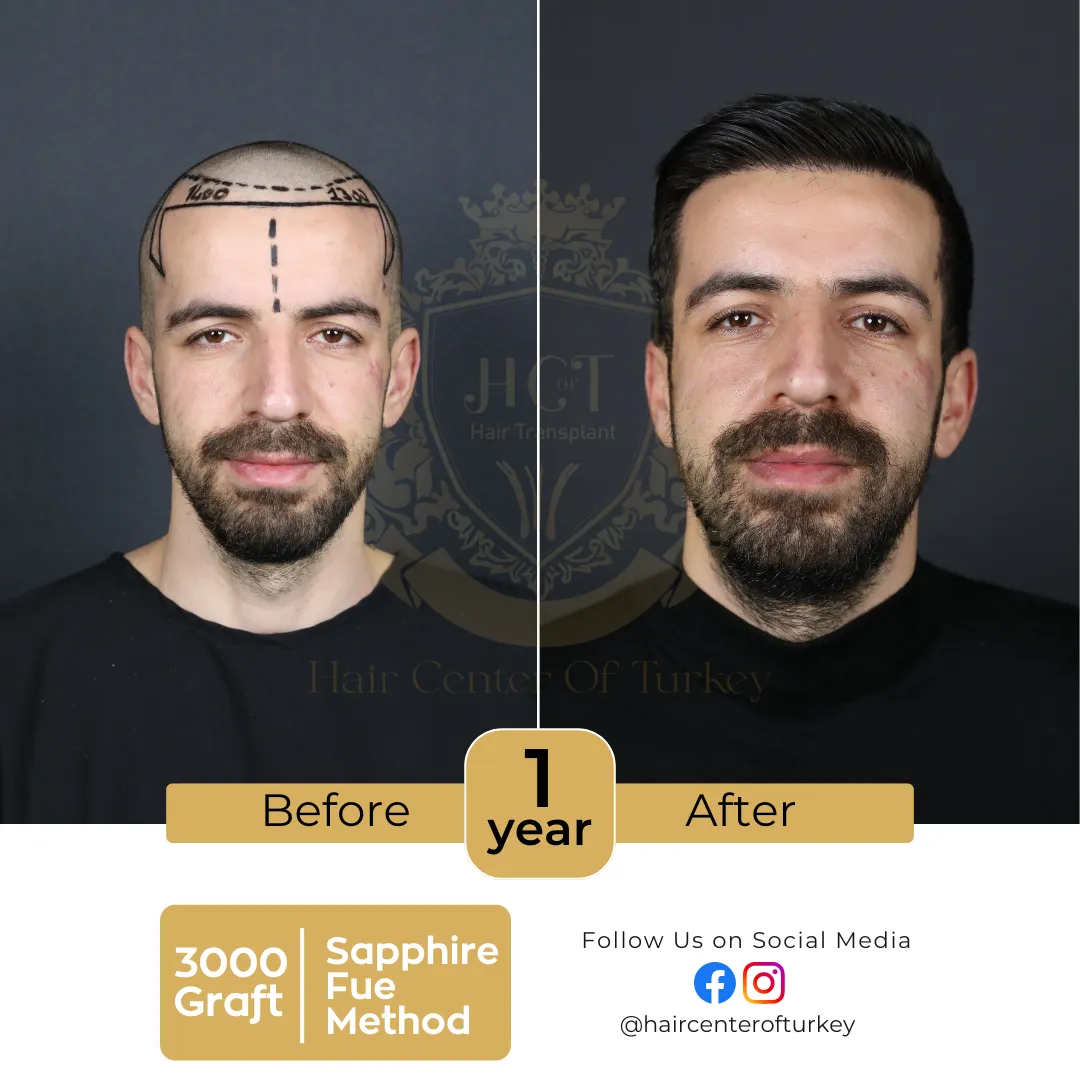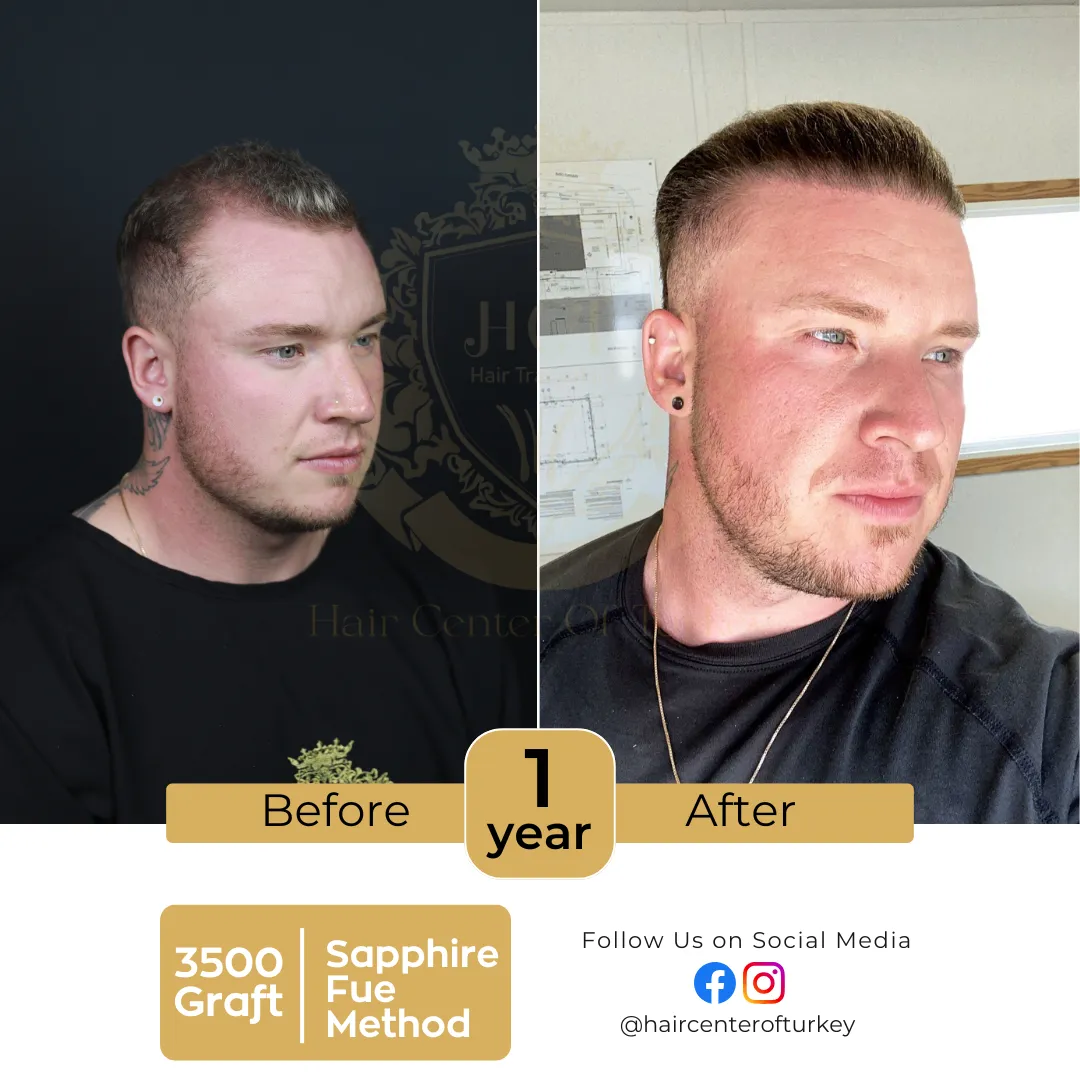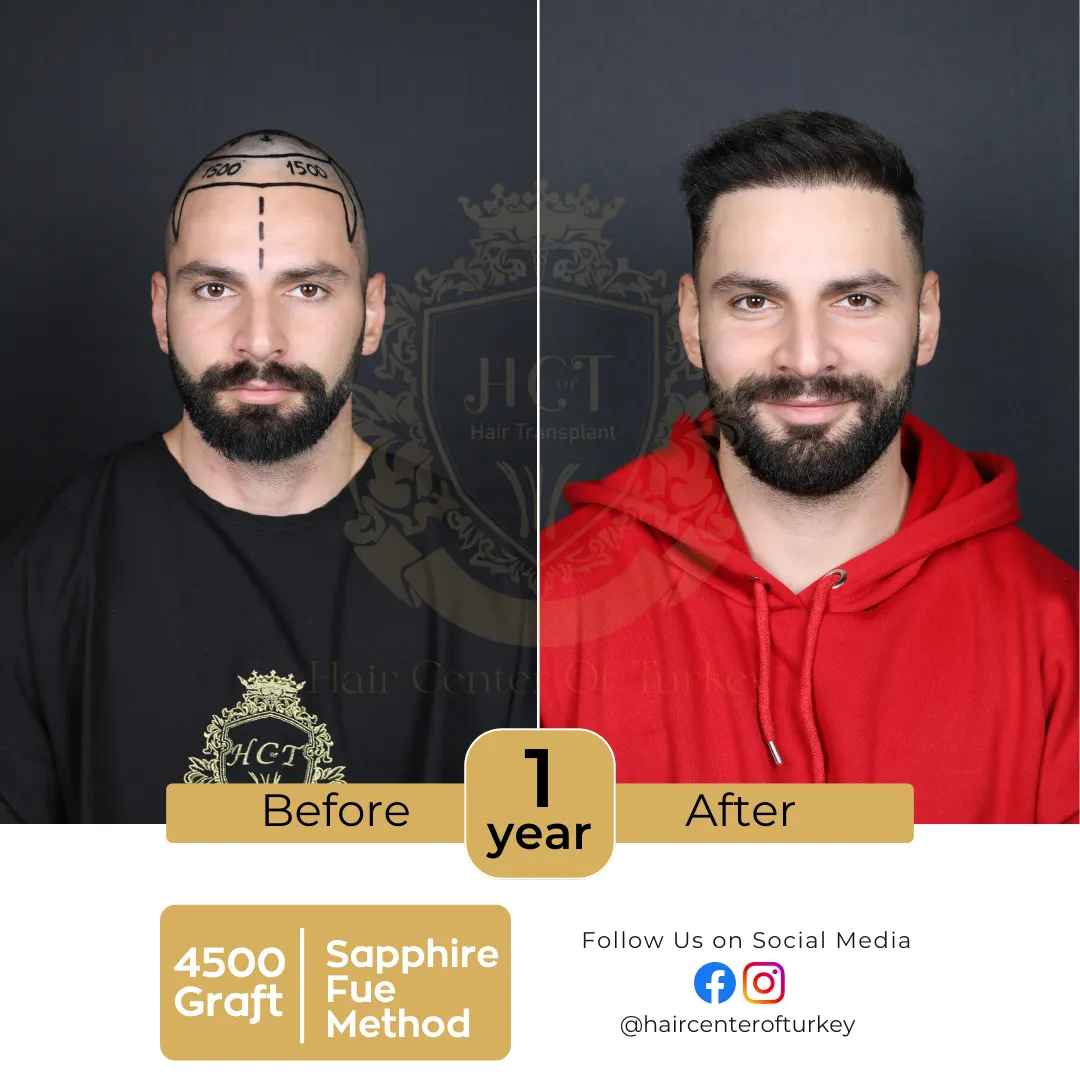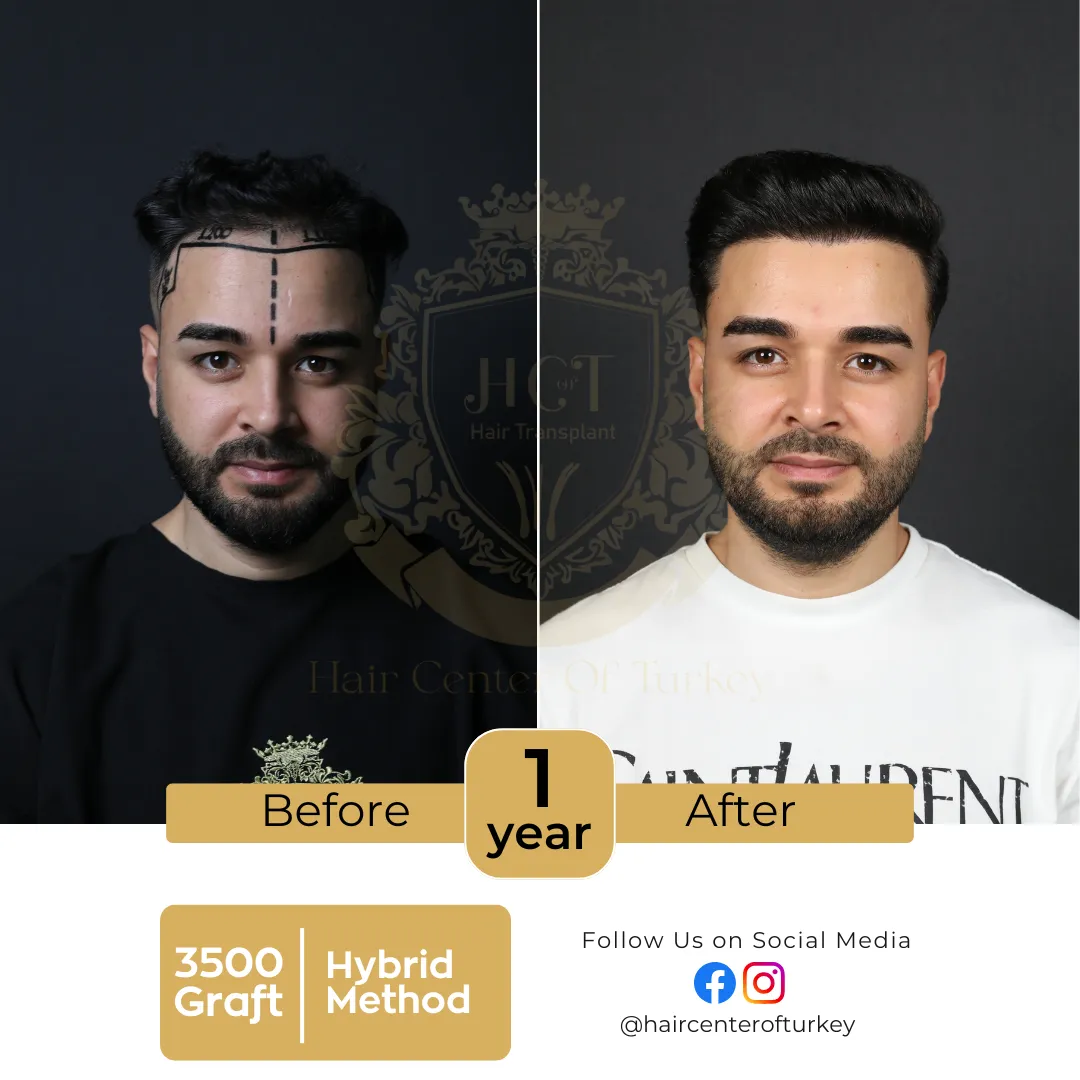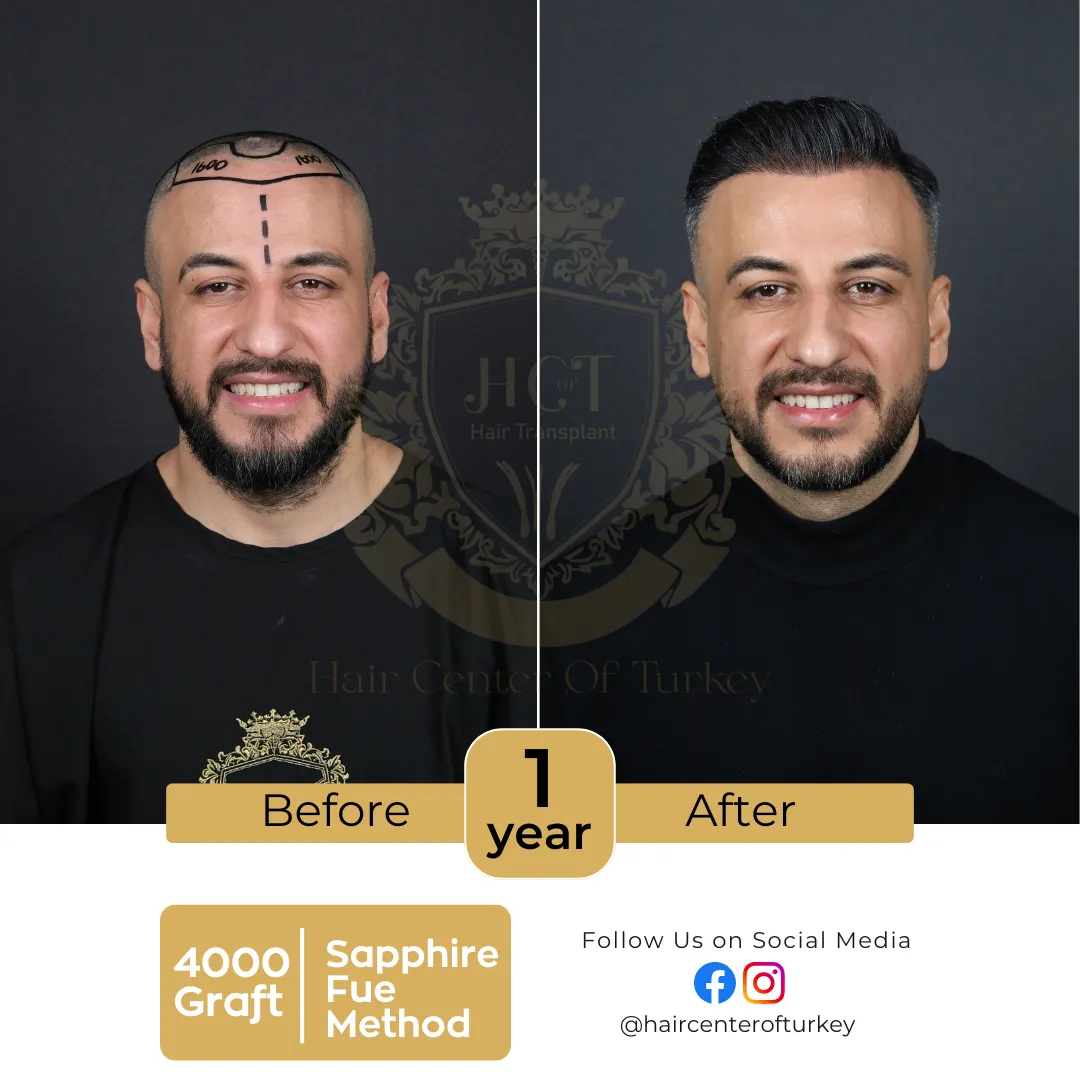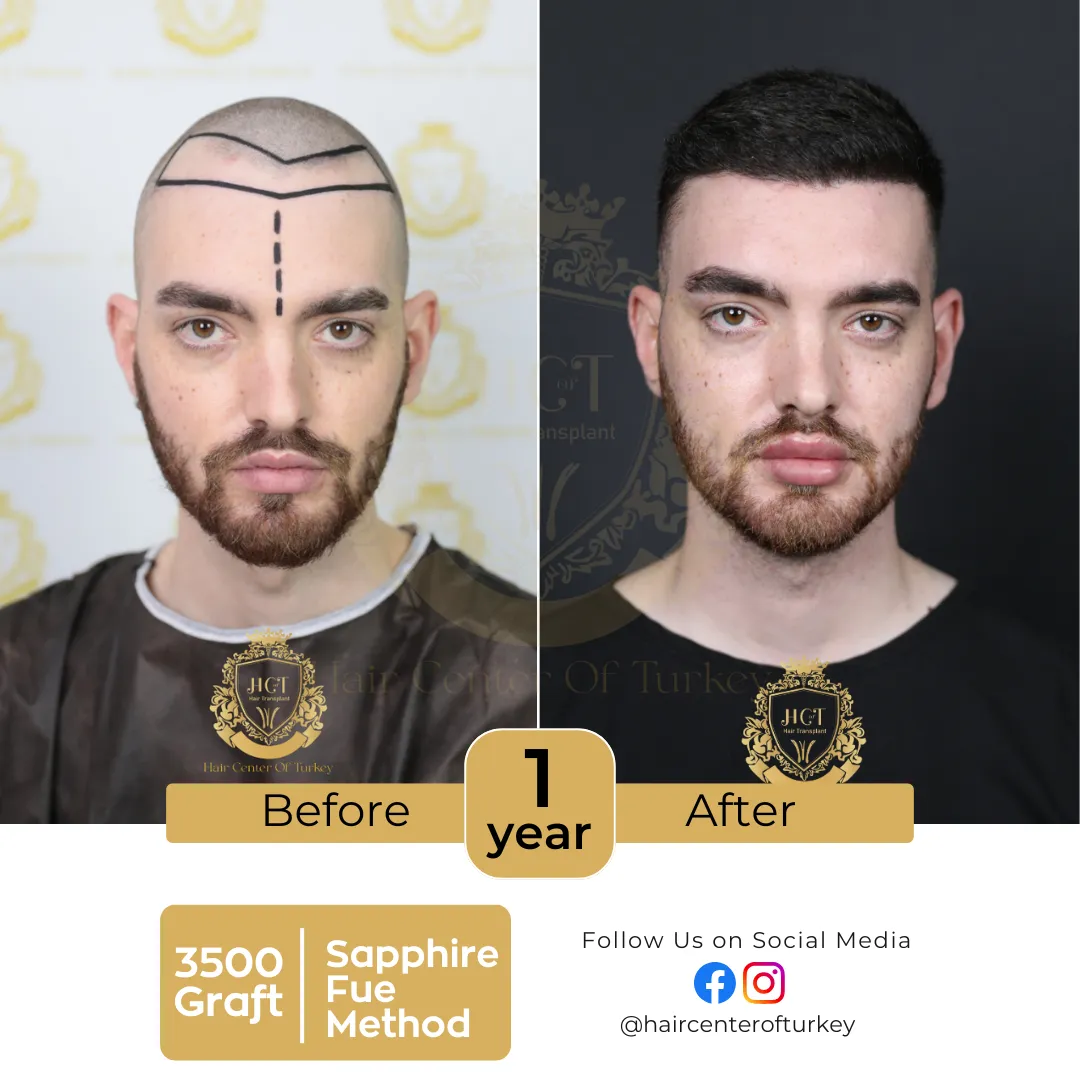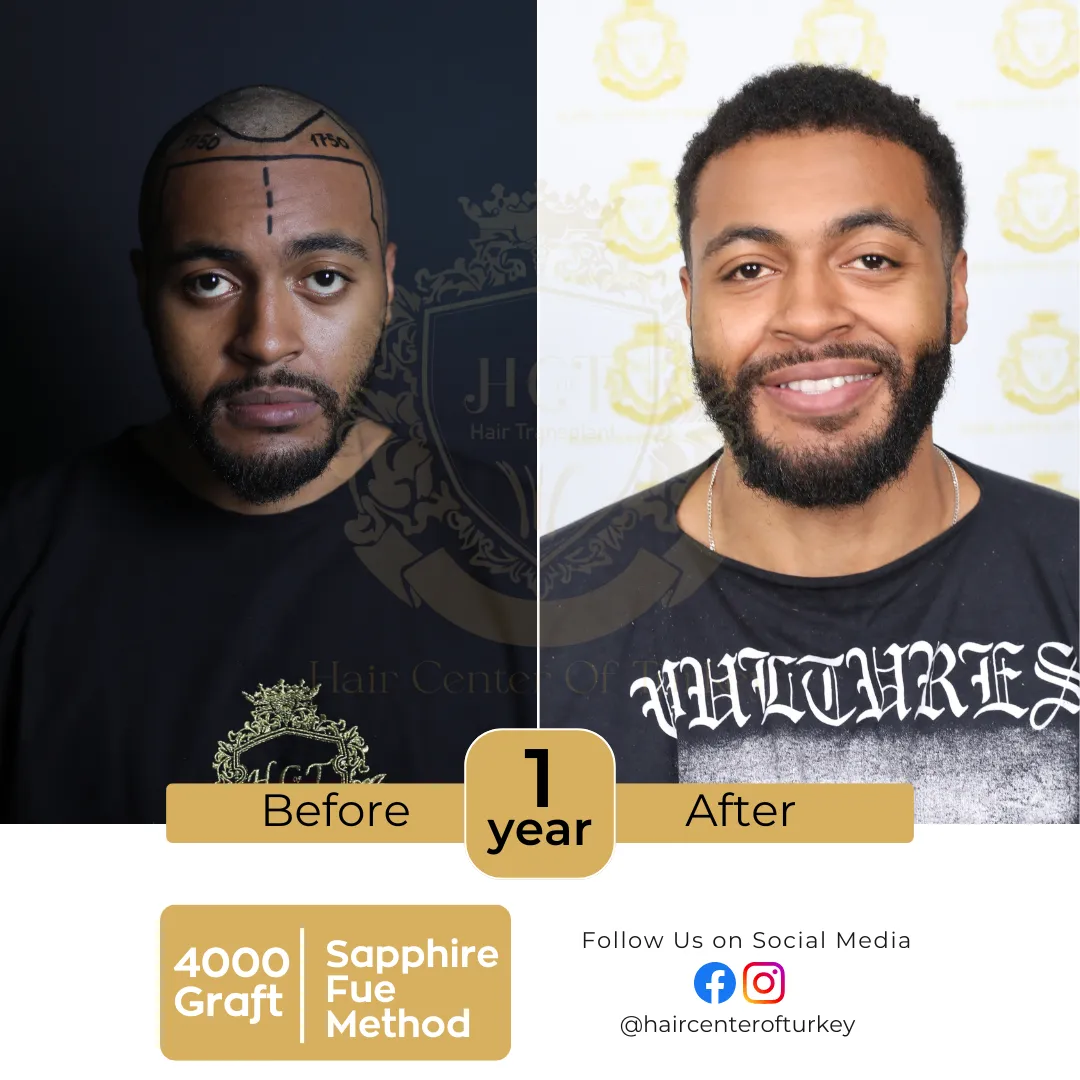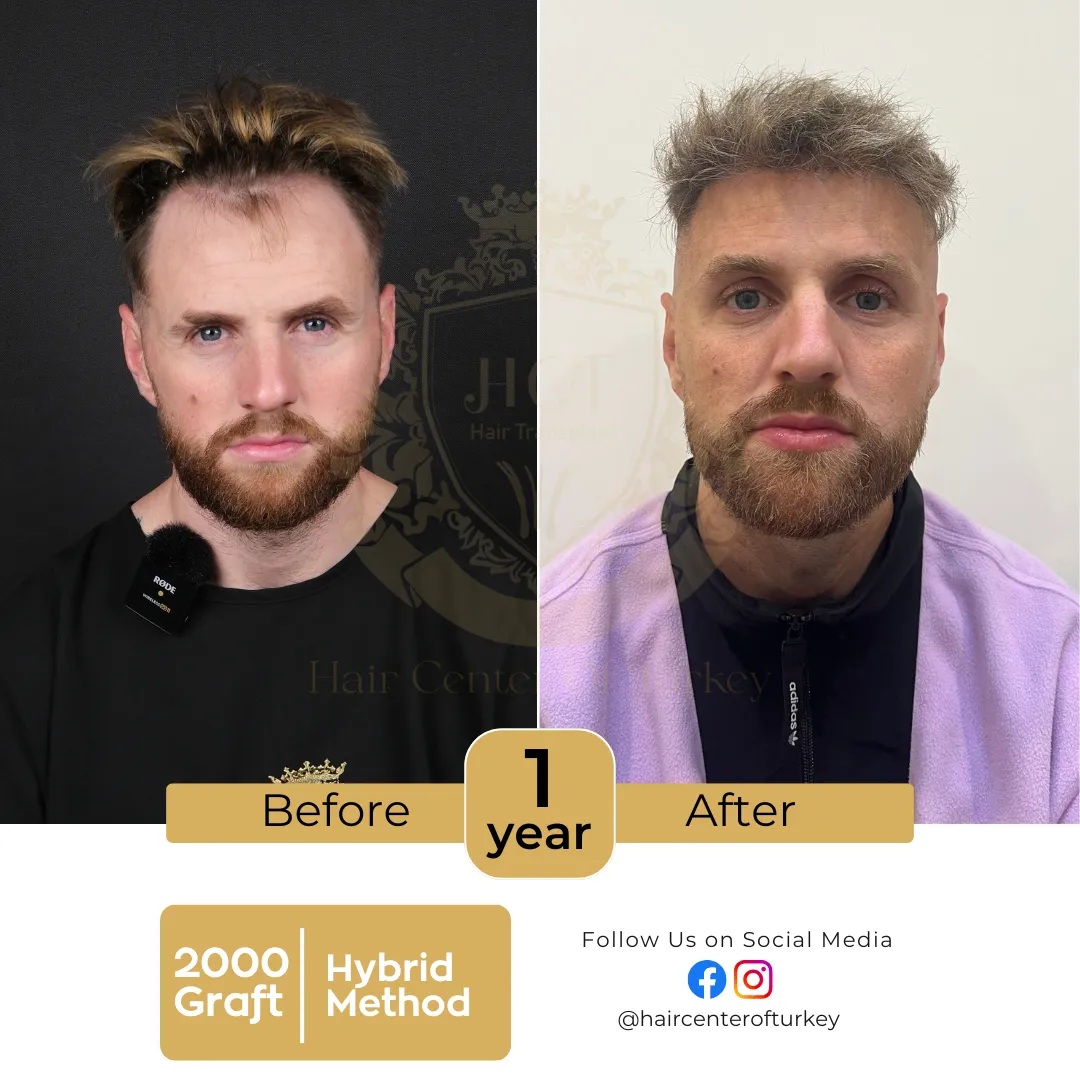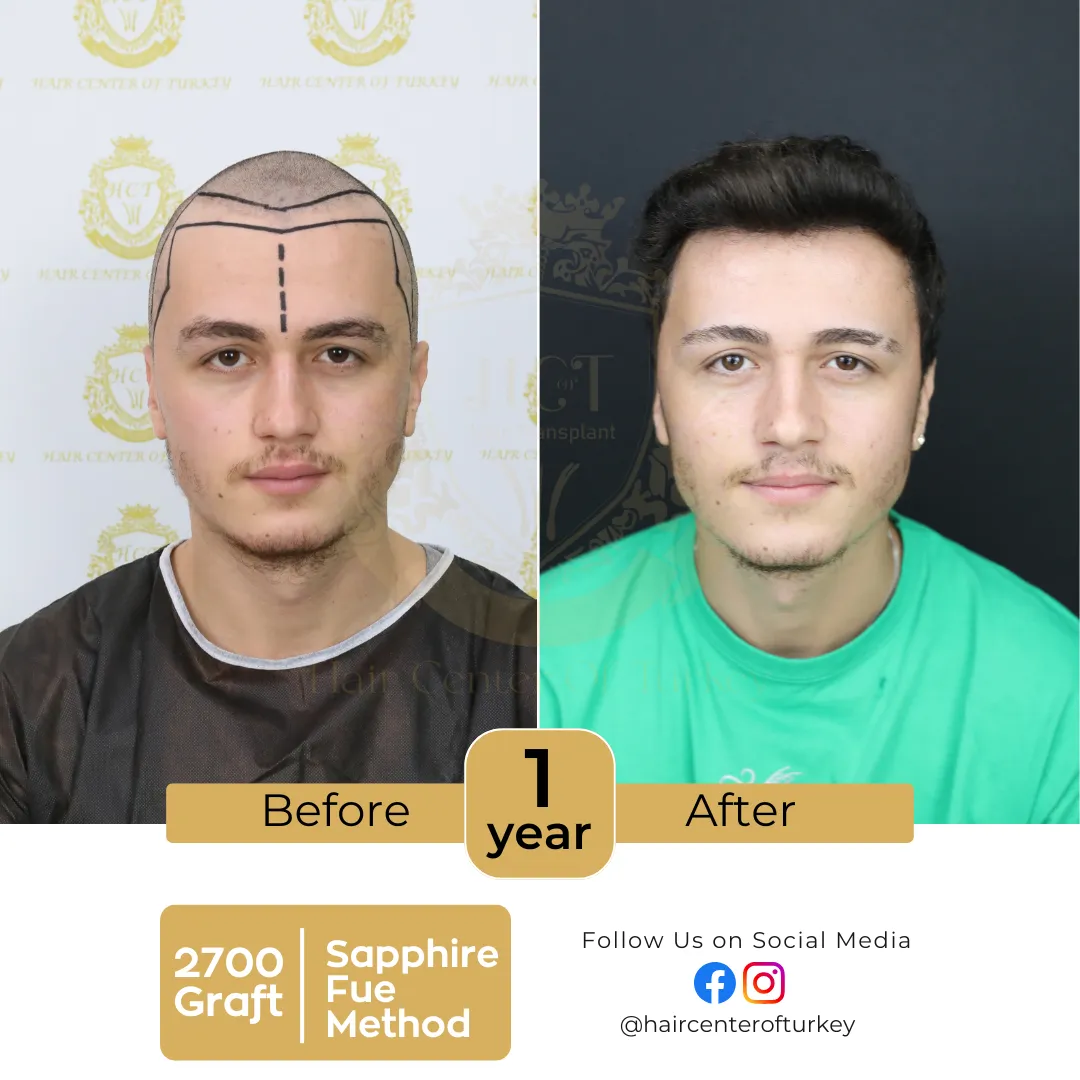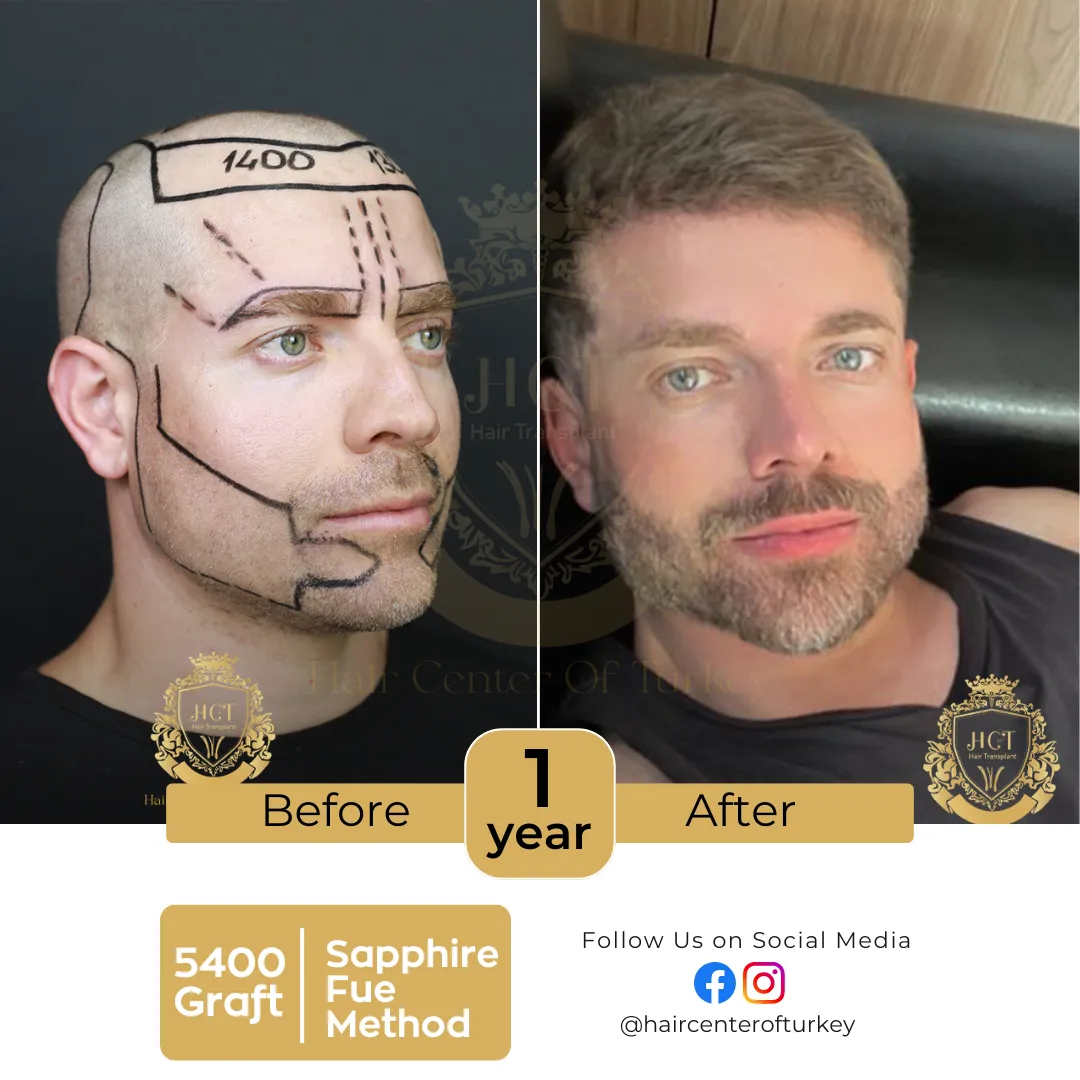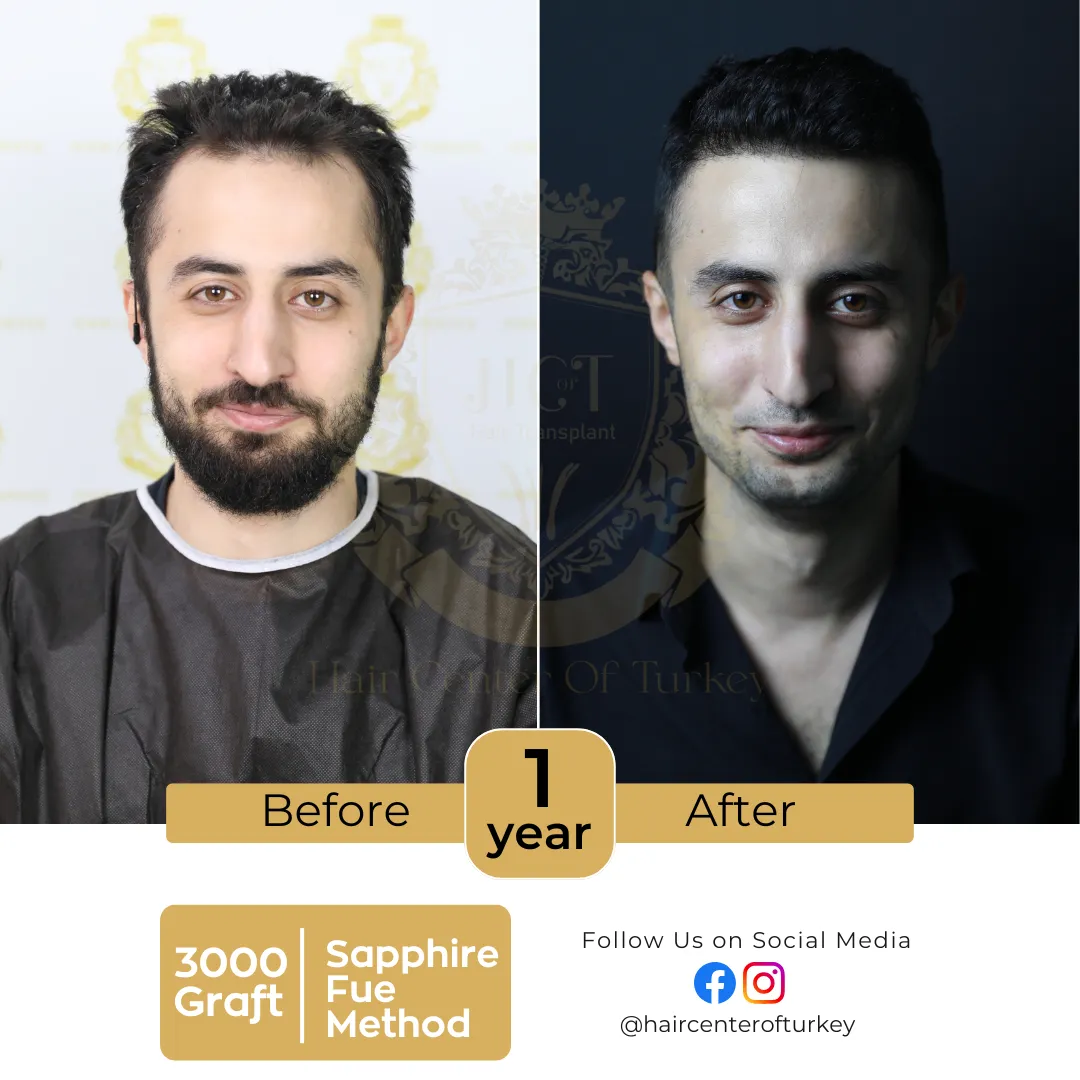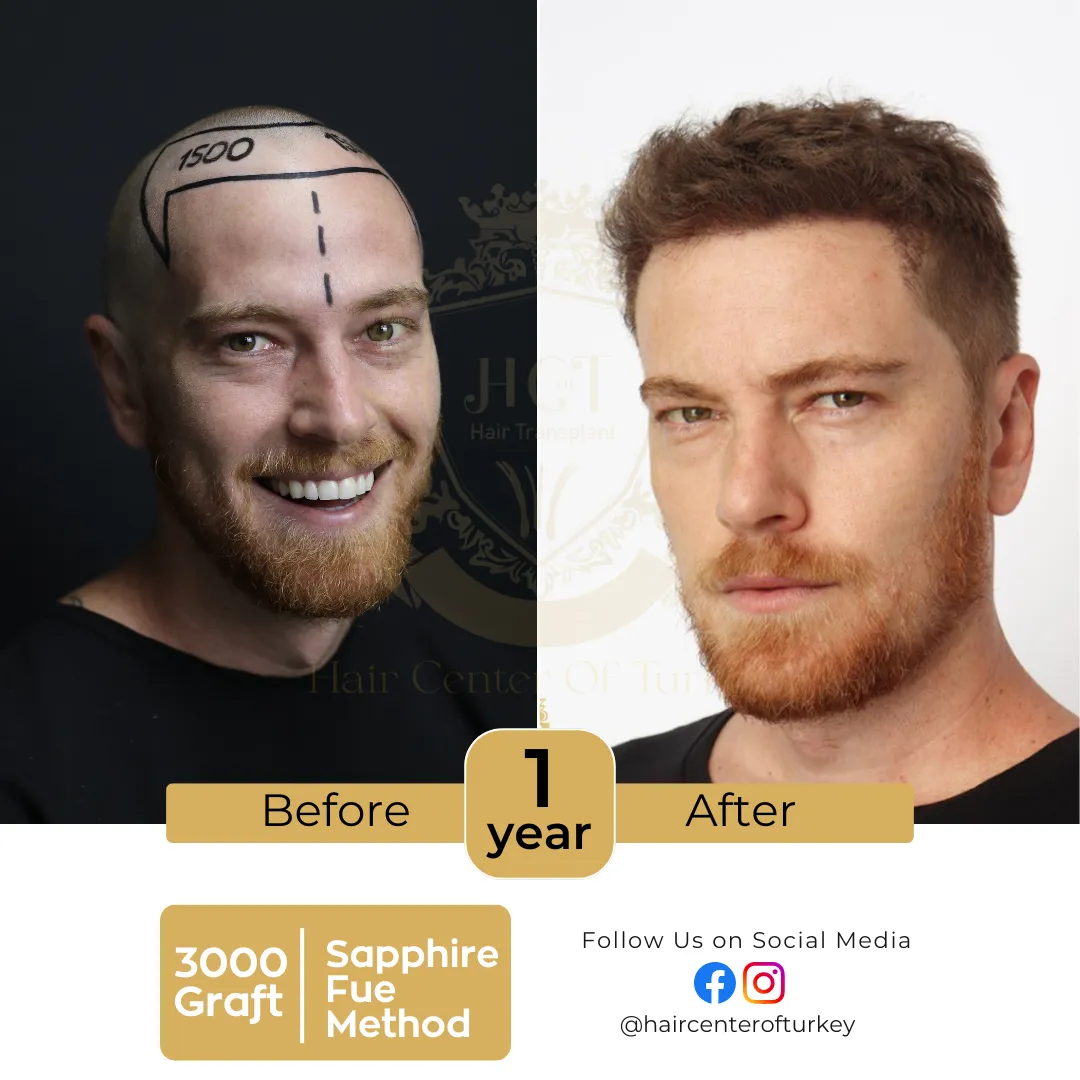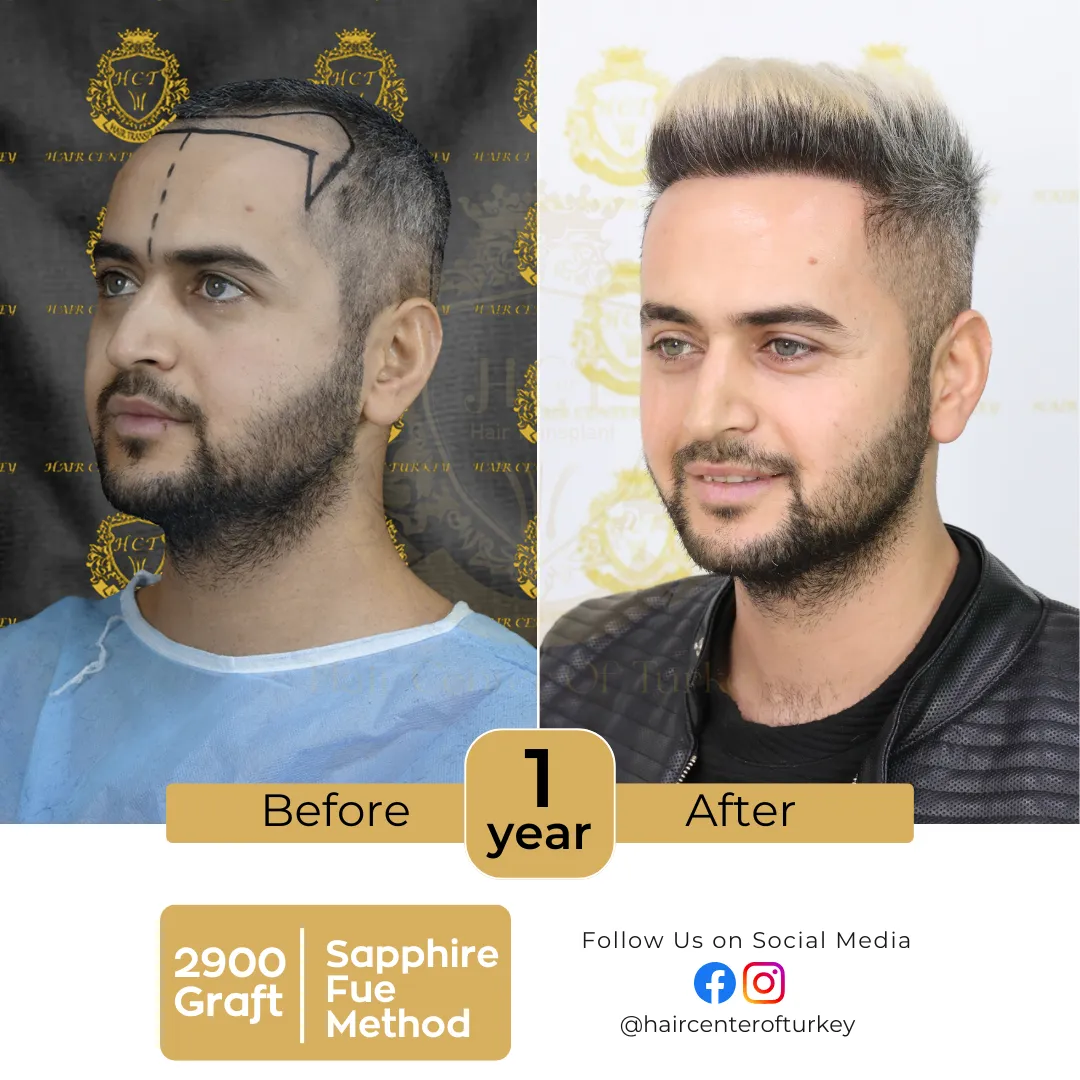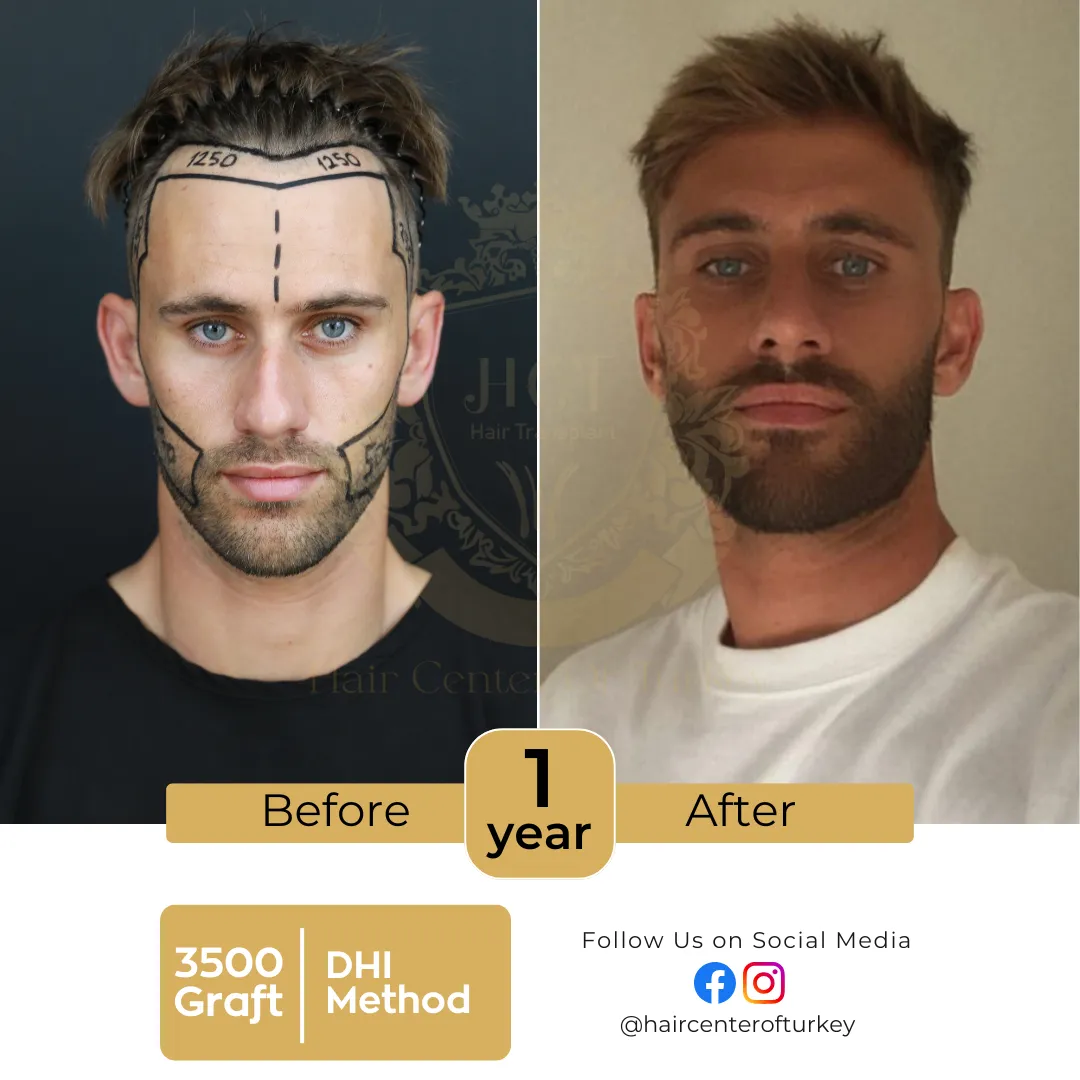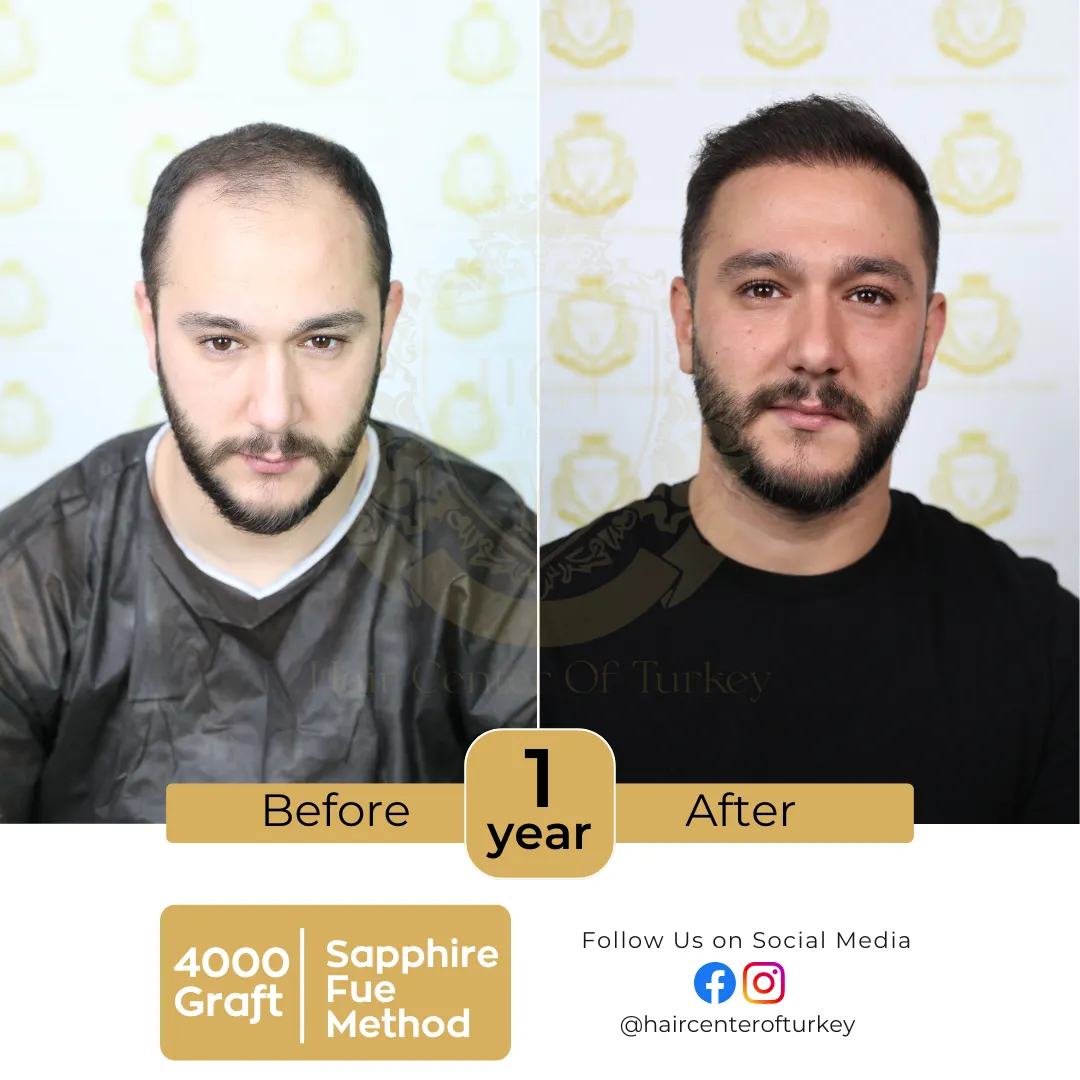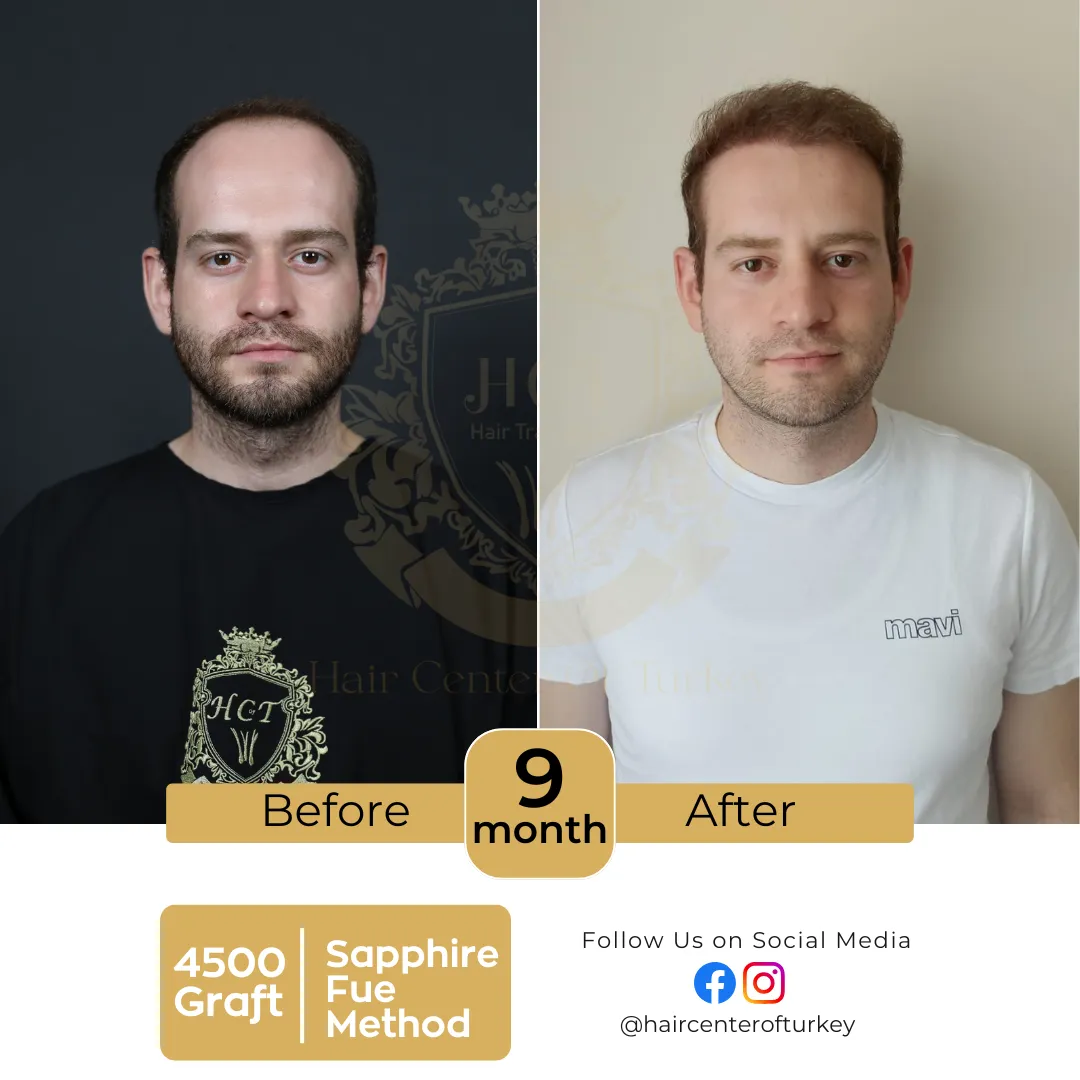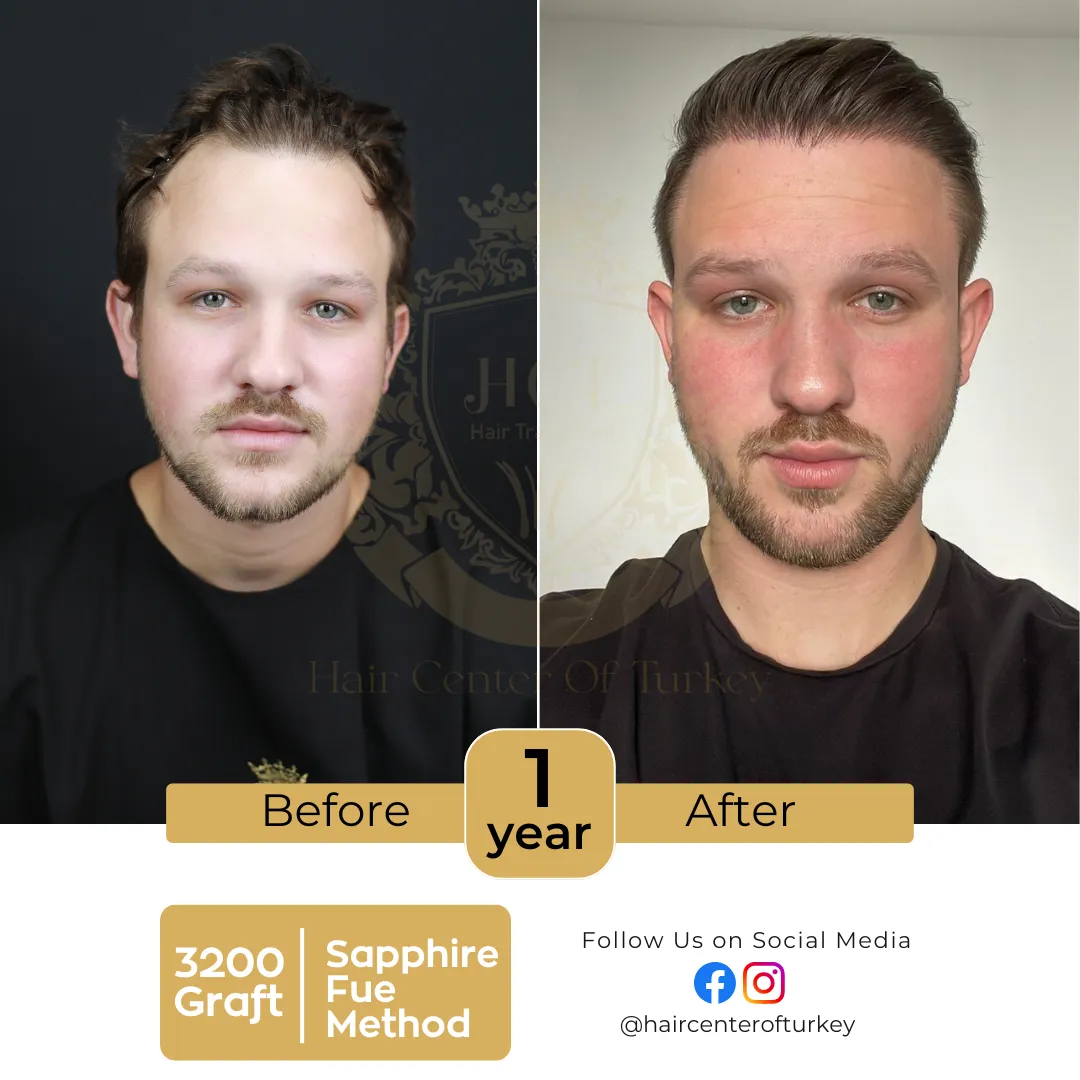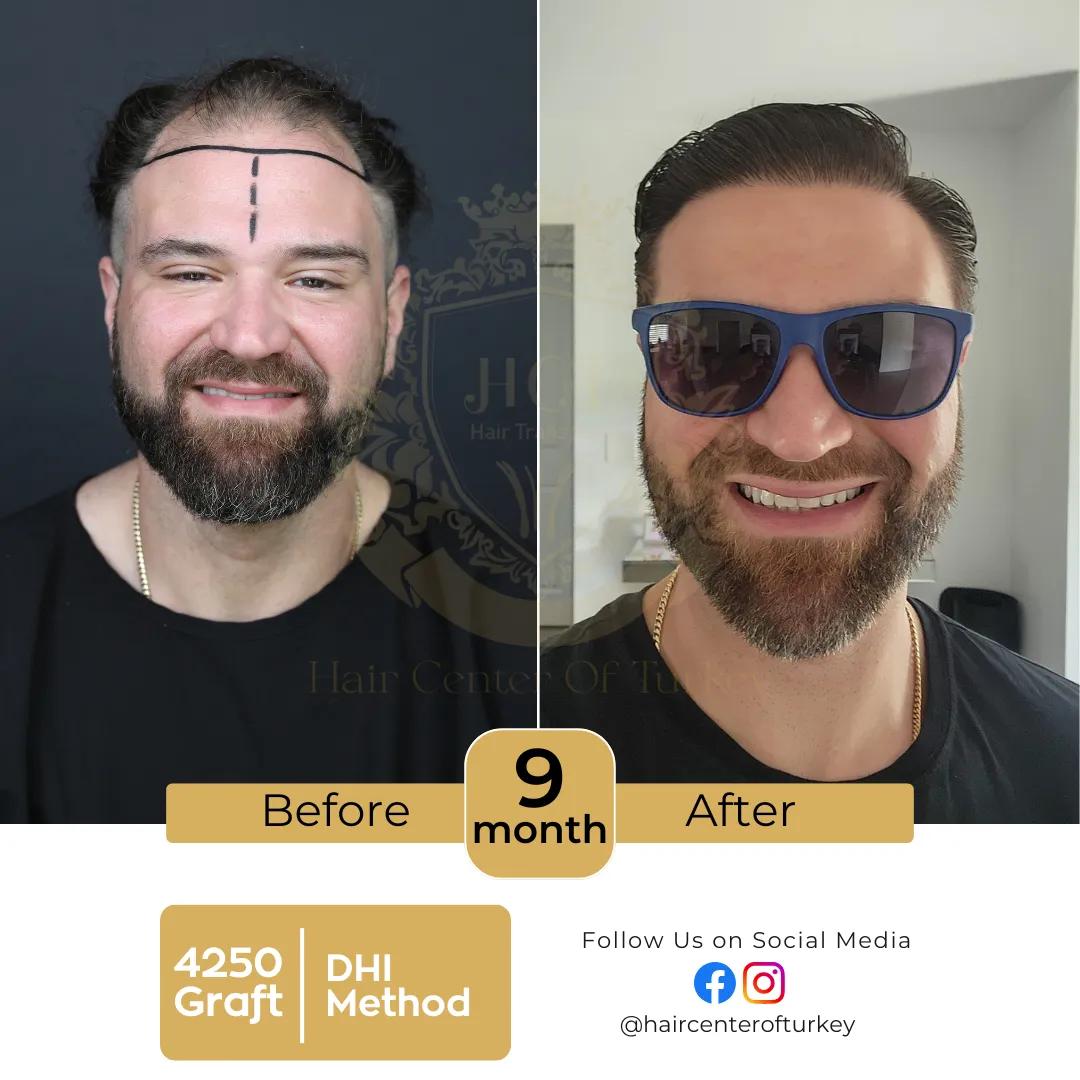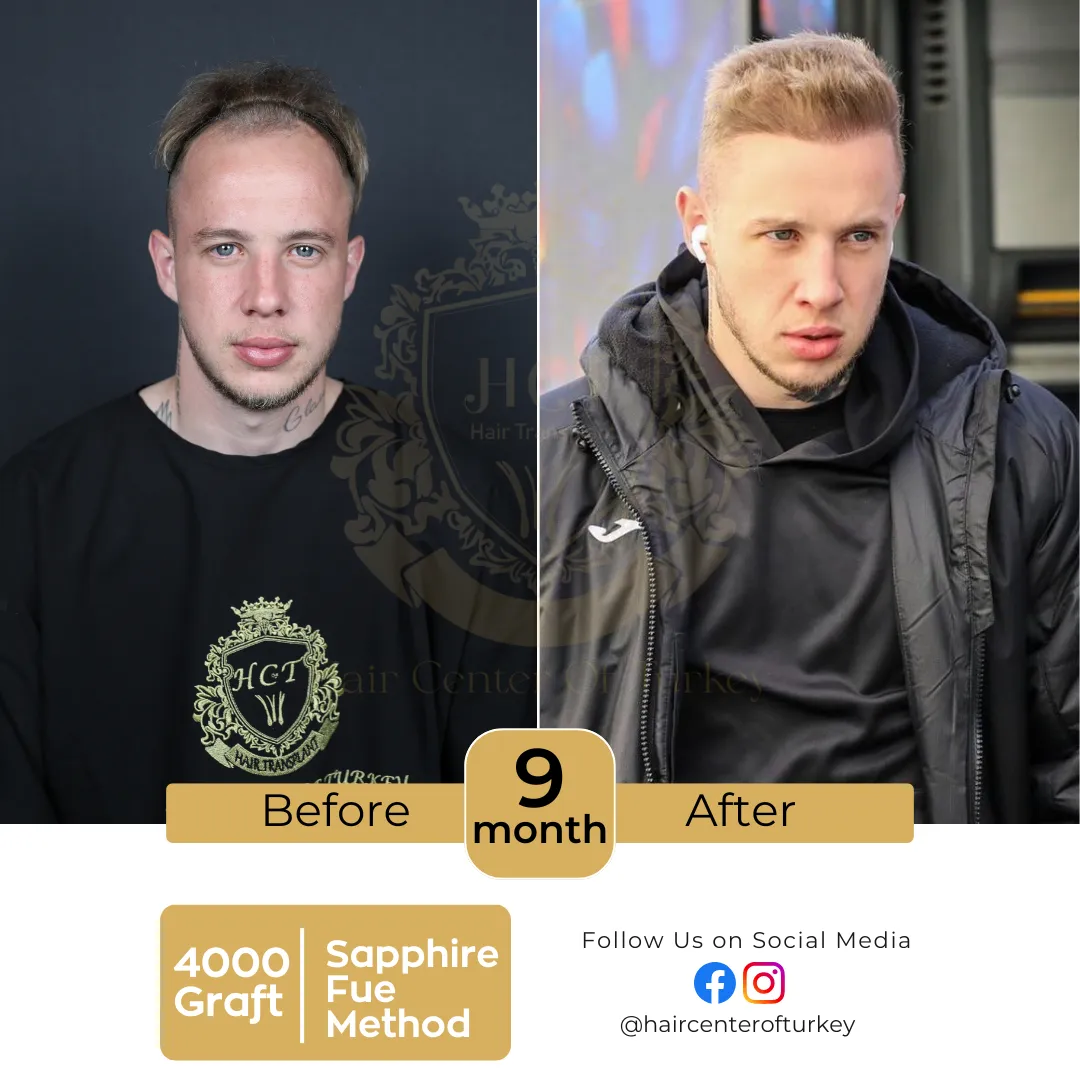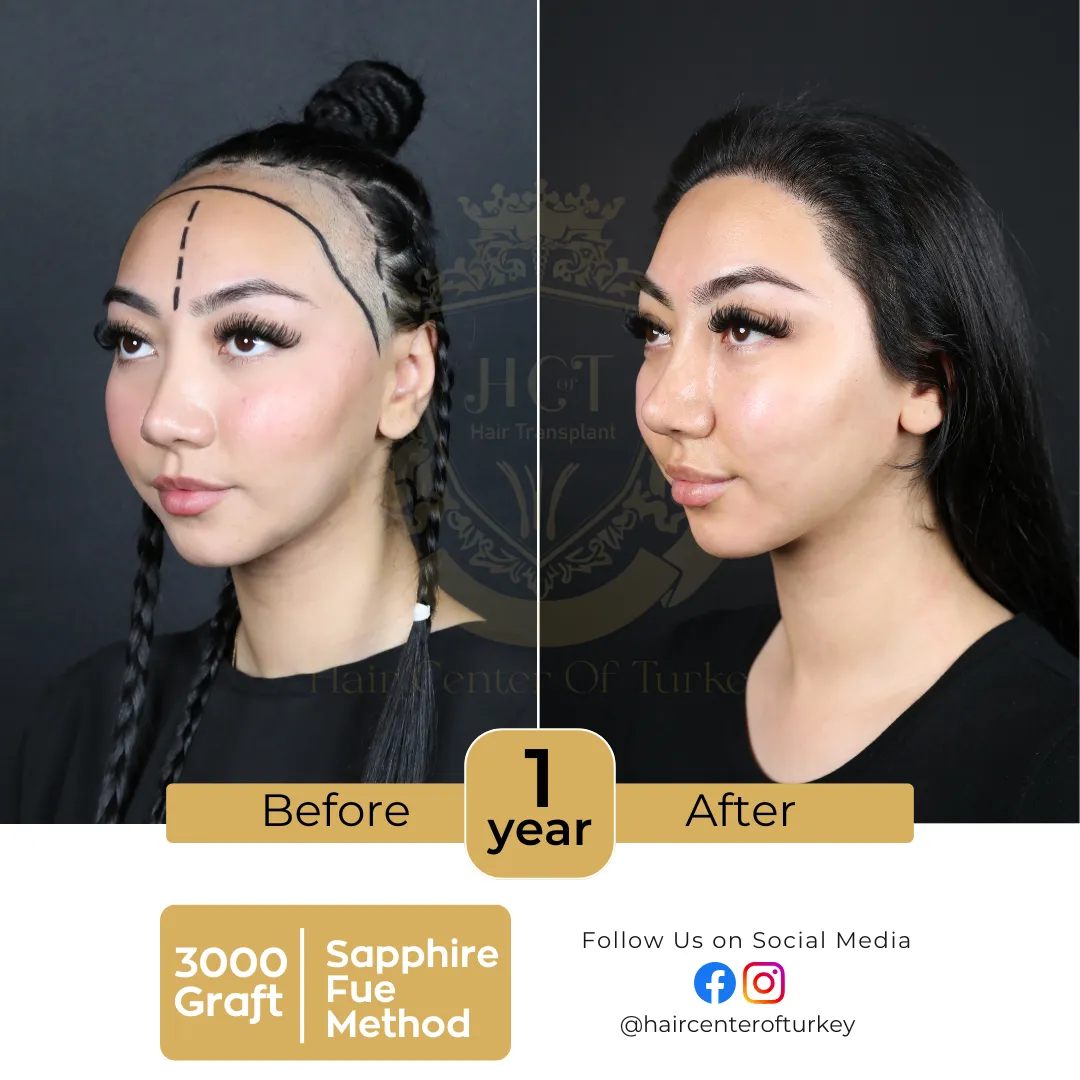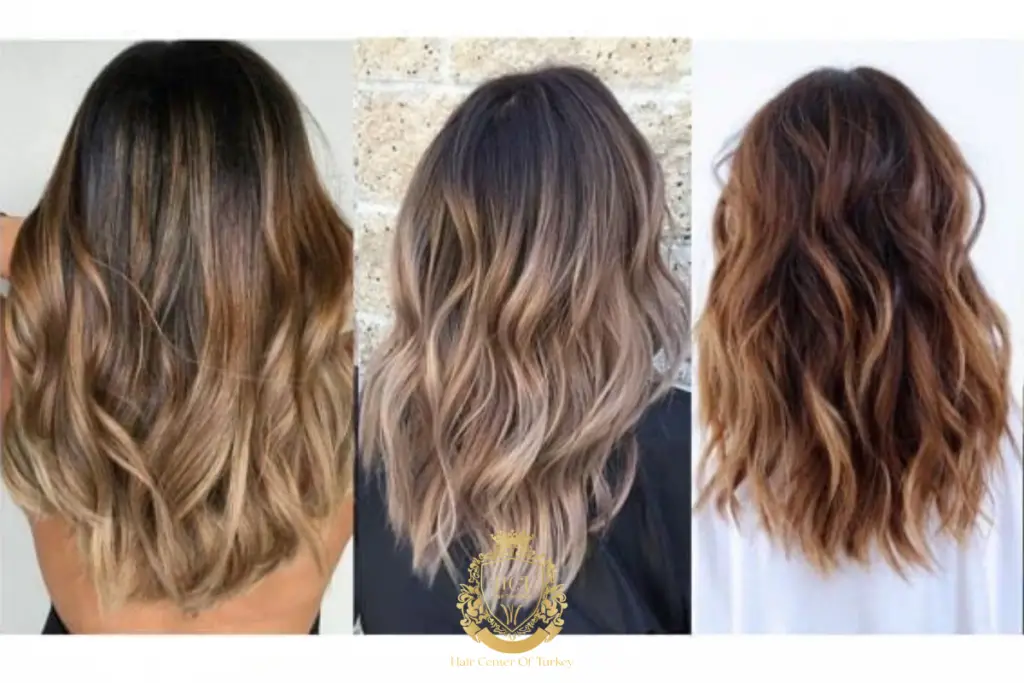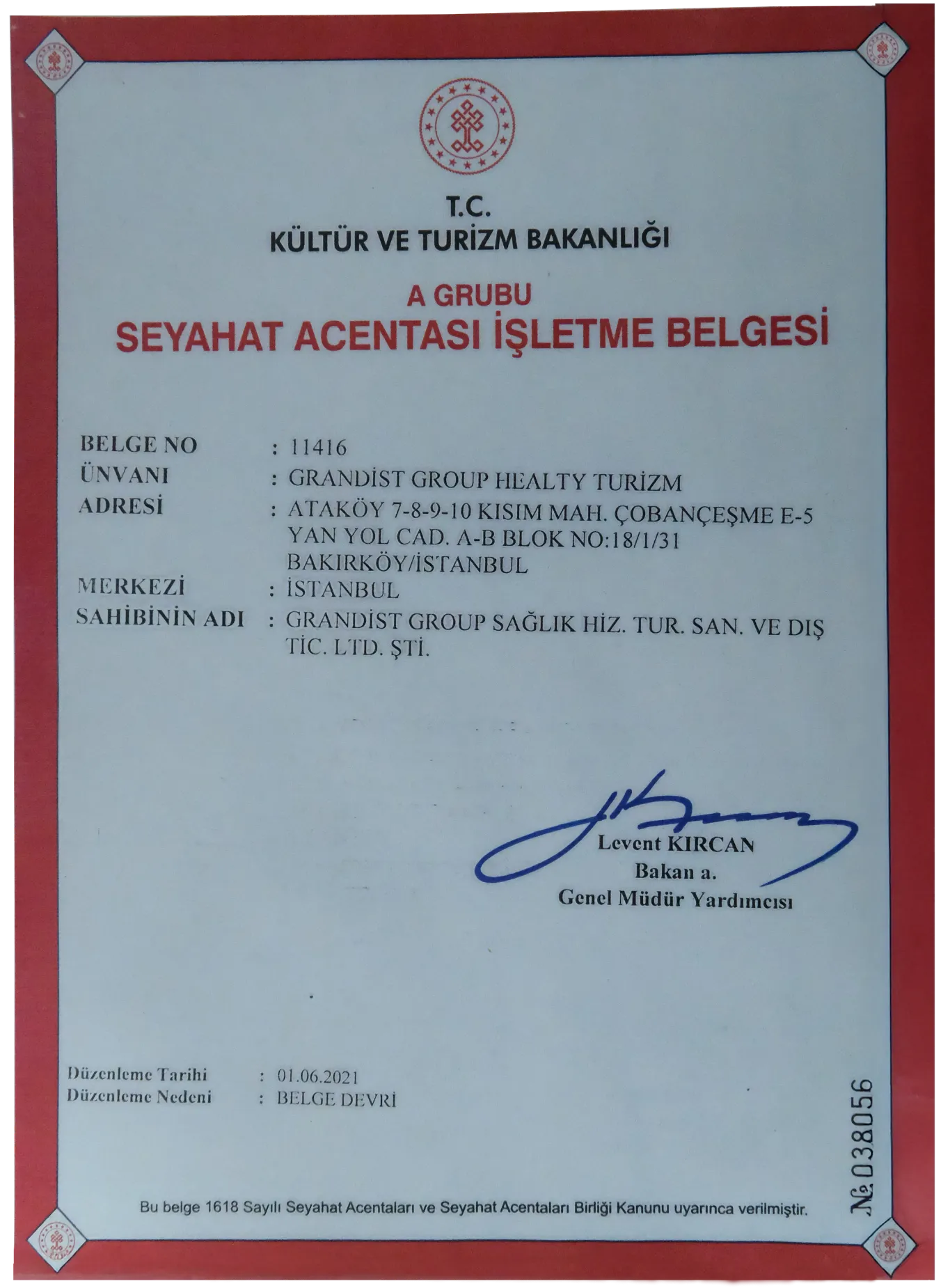Differences Between Hair Mousse, Spray, and Gel
Among hair styling products, the three most commonly used are hair mousse, hair spray, and hair gel. These products help shape the hair, add volume, or set the hairstyle in place — but each serves a different purpose. In this article, we’ll explore the differences between mousse, spray, and gel, which hair types they suit best, and how to use them correctly.
What Is Hair Mousse?
Hair mousse is a styling product packaged in spray cans that expands into a light foam when it comes into contact with air. It adds flexibility to hair strands while maintaining a natural look. It works wonders especially on fine and flat hair, adding volume without making it stiff.
The biggest advantage of mousse is that it gives fullness to the hair without hardening it. It separates the strands naturally without sticking them together. It also prevents frizz and helps the hair remain soft throughout the day.
Benefits of Hair Mousse:
- Adds volume and fullness to hair.
- Provides a natural hold without stiffness.
- Prevents frizz and flyaways.
- Makes hair look livelier and thicker.
- Forms a protective layer during heat styling.
Who Should Use Hair Mousse?
Mousse is ideal for those with fine, flat, wavy, or curly hair. Anyone looking for natural volume, softness, and movement can use it. It’s one of the easiest products to use for daily styling.
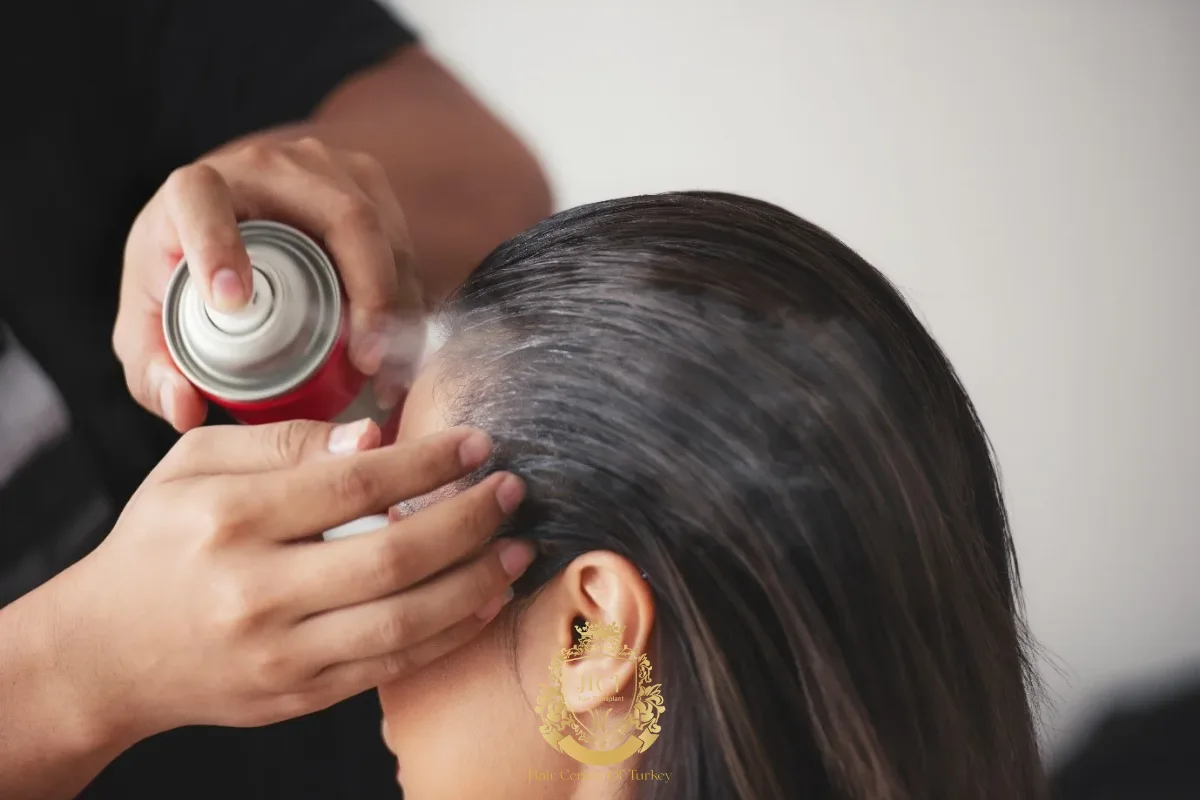
What Is Hair Spray?
Hair spray is used to set and hold a hairstyle in place for a long time. It works by helping the hair strands cling together, preventing the style from being ruined by wind, humidity, or movement.
Hair spray is typically applied after styling. It comes in different levels of hold — light, medium, and strong. Light-hold sprays are suitable for a natural finish, while strong-hold sprays are used for styles that require firm setting.
Advantages of Hair Spray:
- Provides long-lasting hold.
- Keeps the hairstyle intact throughout the day.
- Protects hair from wind, humidity, and external factors.
- Available in different hold levels for all styles.
Who Should Use Hair Spray?
Hair spray suits almost all hair types. It’s especially useful for those who style their hair with curling irons, blow dryers, or updos. Men with short hair also commonly use it to maintain their hairstyle all day.
What Is Hair Gel?
Hair gel is a thick, jelly-like styling product. It hardens the hair and gives it a shiny appearance. Popular since the 1990s, today’s gels have been reformulated to create more natural results.
Gel provides a strong hold and is ideal for creating sharp, well-defined styles. It’s particularly effective on short hair and for those who prefer a wet, glossy finish.
Features of Hair Gel:
- Provides strong hold.
- Adds shine and defined shape.
- Ideal for creating precise styles on short hair.
- Gives a wet look when applied to damp hair.
Who Should Use Hair Gel?
Hair gel is a staple for most men with short hair but can also be used on short women’s hairstyles. It works best on thick hair, which is more resistant to styling. It’s the perfect choice for those who like a sleek, wet, and glossy look.
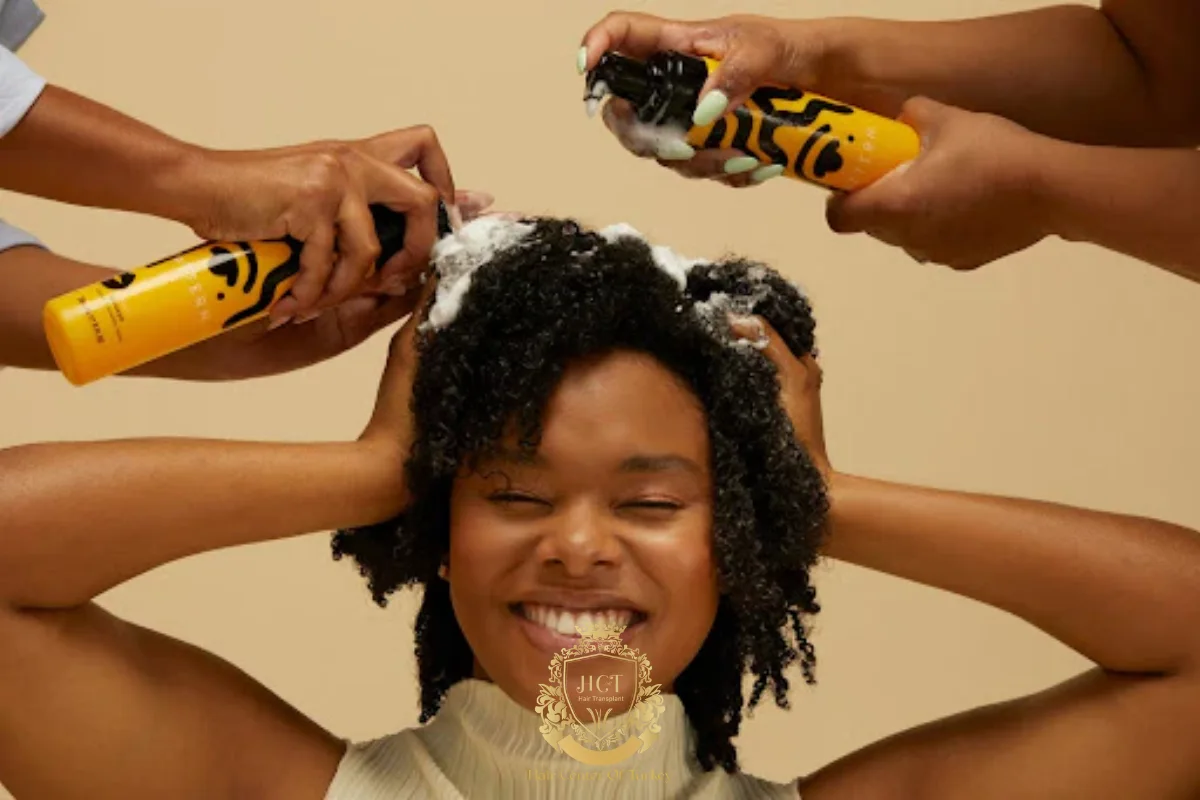
Main Differences Between Hair Mousse, Spray, and Gel
Each of these products serves a different purpose:
- Mousse adds volume and flexibility.
- Spray fixes the hairstyle in place.
- Gel provides strong hold and shine.
Mousse has a light, airy texture; spray is liquid; and gel has a thick, jelly consistency. Mousse is used before styling, spray after styling, and gel during styling.
Mousse gives a natural look, gel gives a firm and glossy appearance, and spray can provide either a matte or shiny finish depending on the formula.
In short:
- For natural and voluminous hair → use mousse.
- For long-lasting hold → use spray.
- For defined and firm styles → use gel.
Which Product Is Best for Your Hair Type?
Fine and Flat Hair
The main issue with fine hair is the lack of volume, so mousse is the best choice. It adds fullness without weighing the hair down. Hair spray can be used afterward to set the style.
Thick and Coarse Hair
Thick hair is harder to shape. Gel or strong-hold spray works best for this type. Gel helps control the strands and define the style, while spray ensures long-lasting hold.
Curly Hair
Curly hair naturally has volume but tends to frizz. Moisturizing mousses are ideal — they define curls and reduce puffiness.
Short Hair
Short hair benefits from strong-hold products. Gel or medium-hold spray works best. Gel gives a firm, glossy look.
Long Hair
For long hair, maintaining the style is key. Medium or strong-hold sprays are ideal. Applying mousse before blow-drying or curling adds body and resilience.
Choosing the right technique depends on your hair texture, length, and style preferences. Consulting a hairdresser ensures the best results.
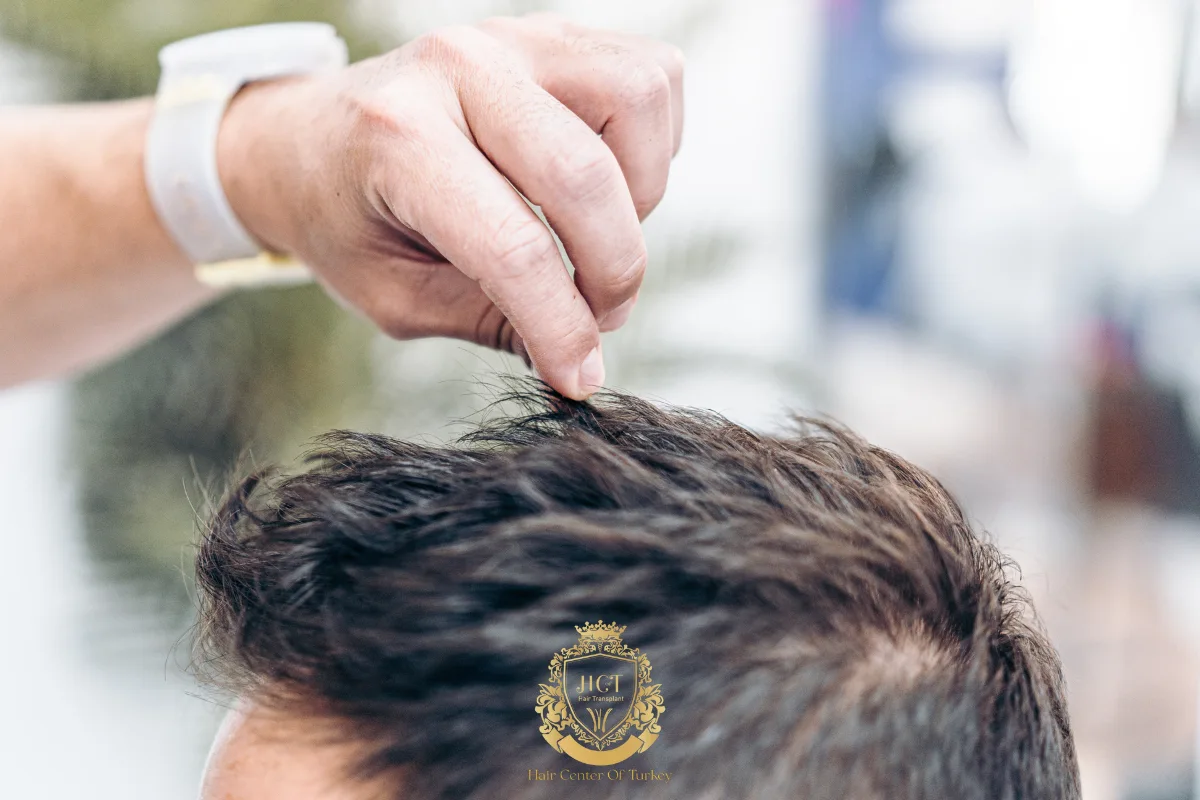
How to Use Each Product Properly
How to Use Hair Mousse
- Apply to slightly damp hair.
- Take a palm-sized amount of mousse.
- Spread evenly from roots to ends.
- Flip your head forward and scrunch the hair to add volume.
- Dry with a blow dryer or diffuser.
Tip: Too much mousse can make the hair sticky — a small amount is enough.
How to Use Hair Spray
- Apply after styling.
- Hold the spray about 25–30 cm (10–12 in) away from your hair.
- Spray lightly and evenly all over.
- Avoid overusing for a natural look.
Tip: Light-hold sprays can be reapplied throughout the day; strong sprays usually don’t need touch-ups.
How to Use Hair Gel
- Can be applied to damp or dry hair.
- Take a small amount in your palm.
- Rub between your hands to warm it up and spread evenly.
- Style hair with your fingers.
- For a wet look, apply to damp hair.
Tip: Too much gel can weigh hair down and reduce natural movement — a little goes a long way.
Hair mousse, spray, and gel are three essential styling products, each designed for different hair types and styles:
- Mousse → for natural, voluminous hair.
- Spray → for long-lasting, stable hairstyles.
- Gel → for sharp, defined, and shiny looks.
By understanding your hair type and using the right product correctly, you can protect your hair’s health while achieving a professional, salon-quality finish.


